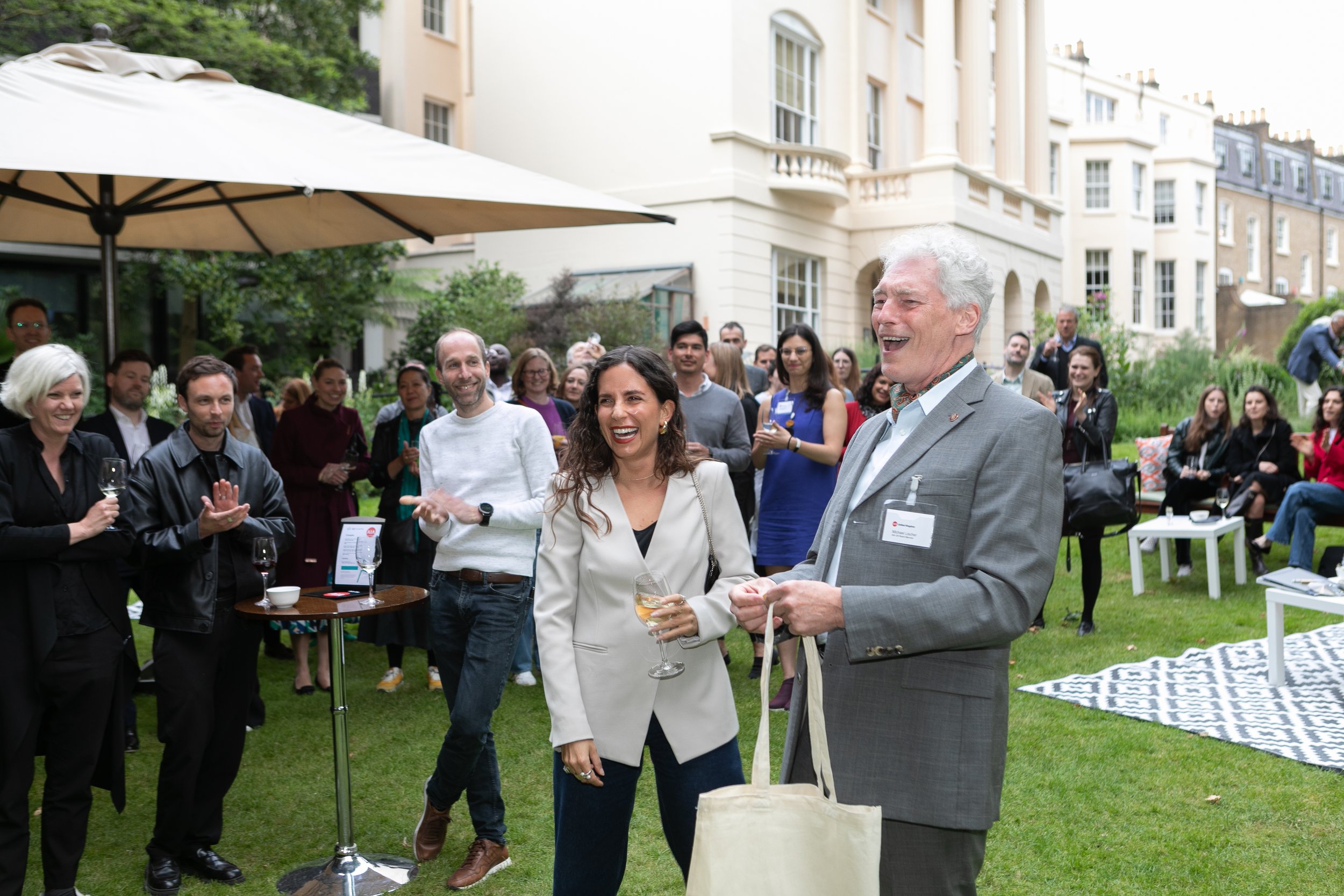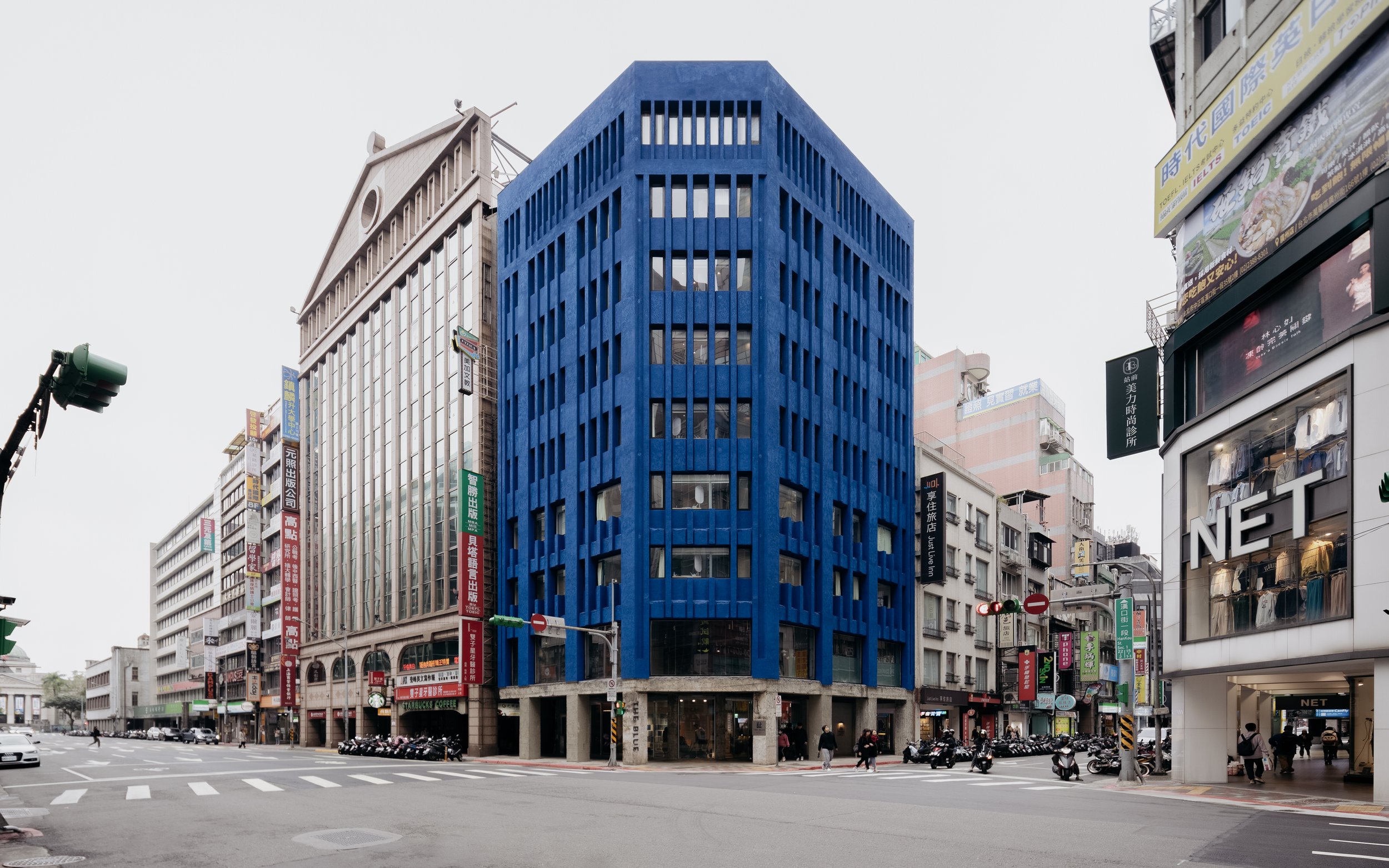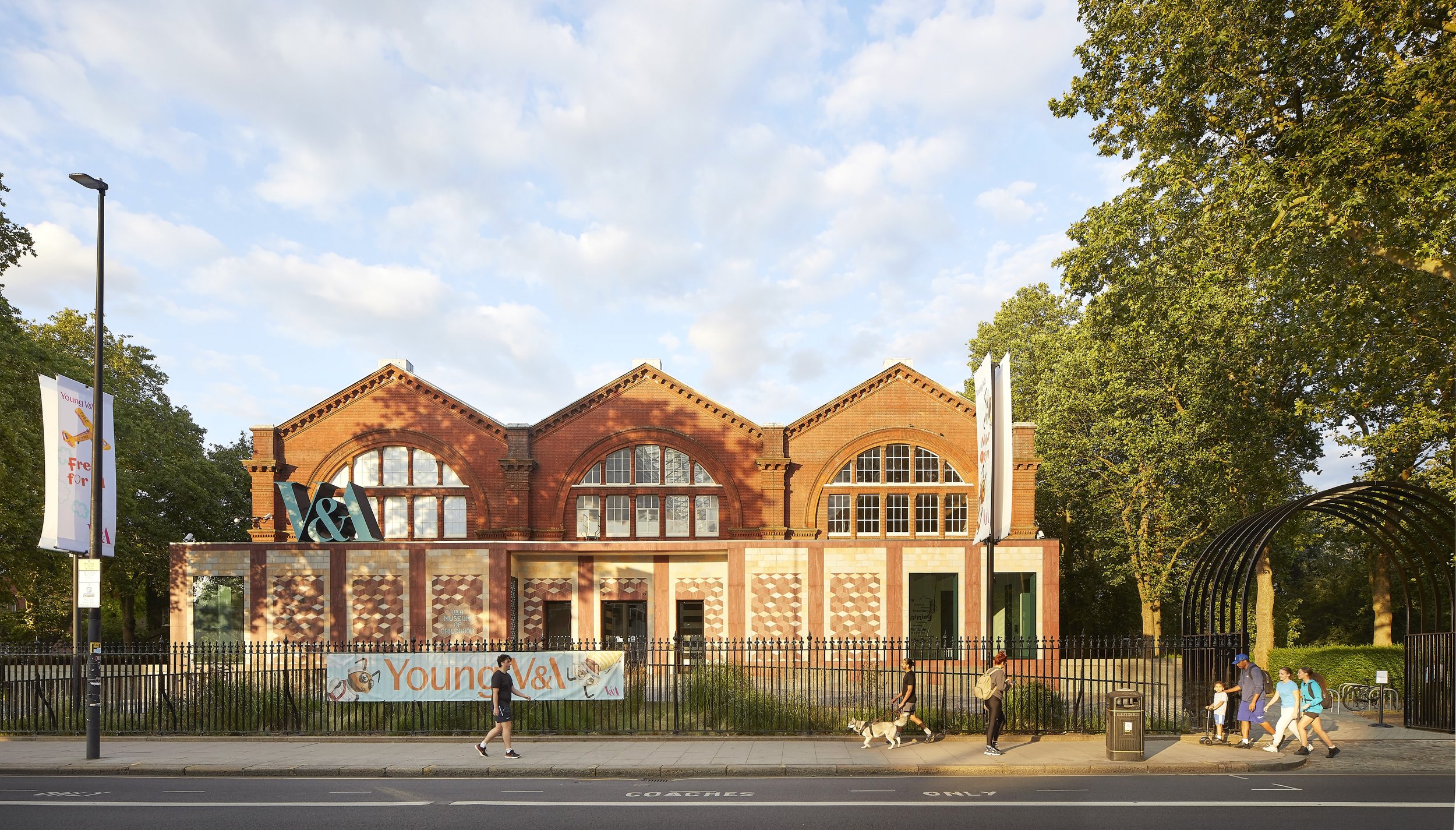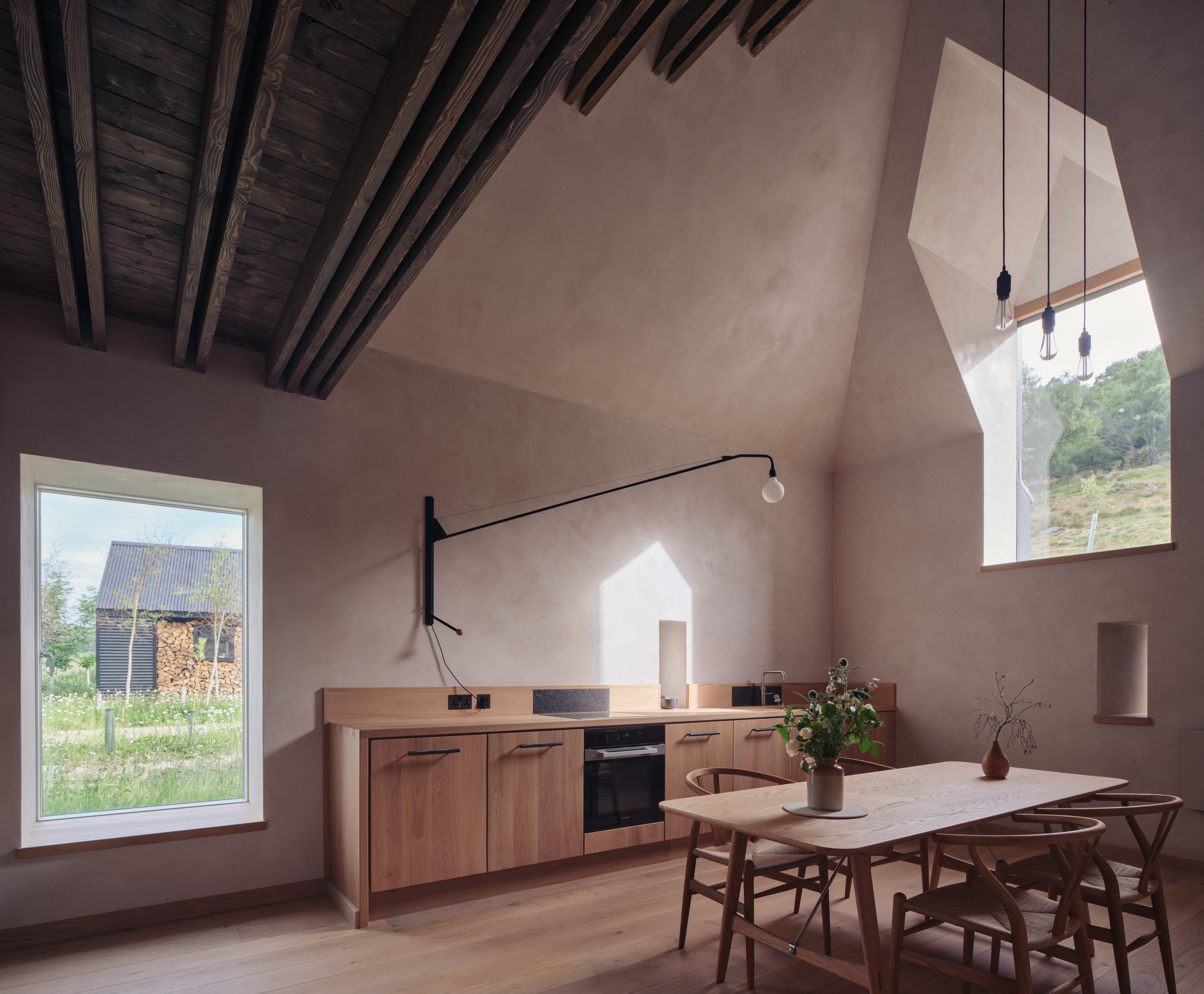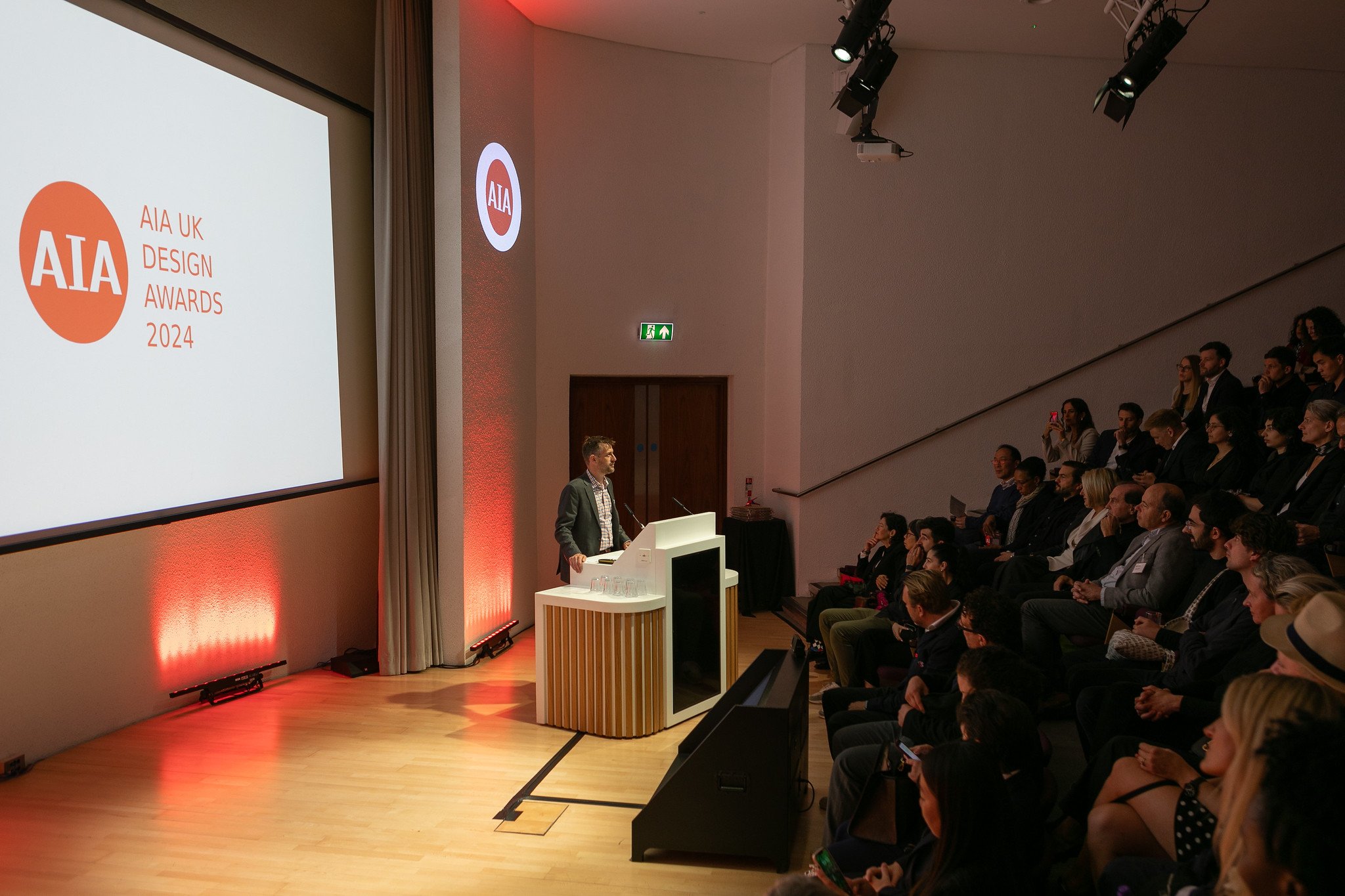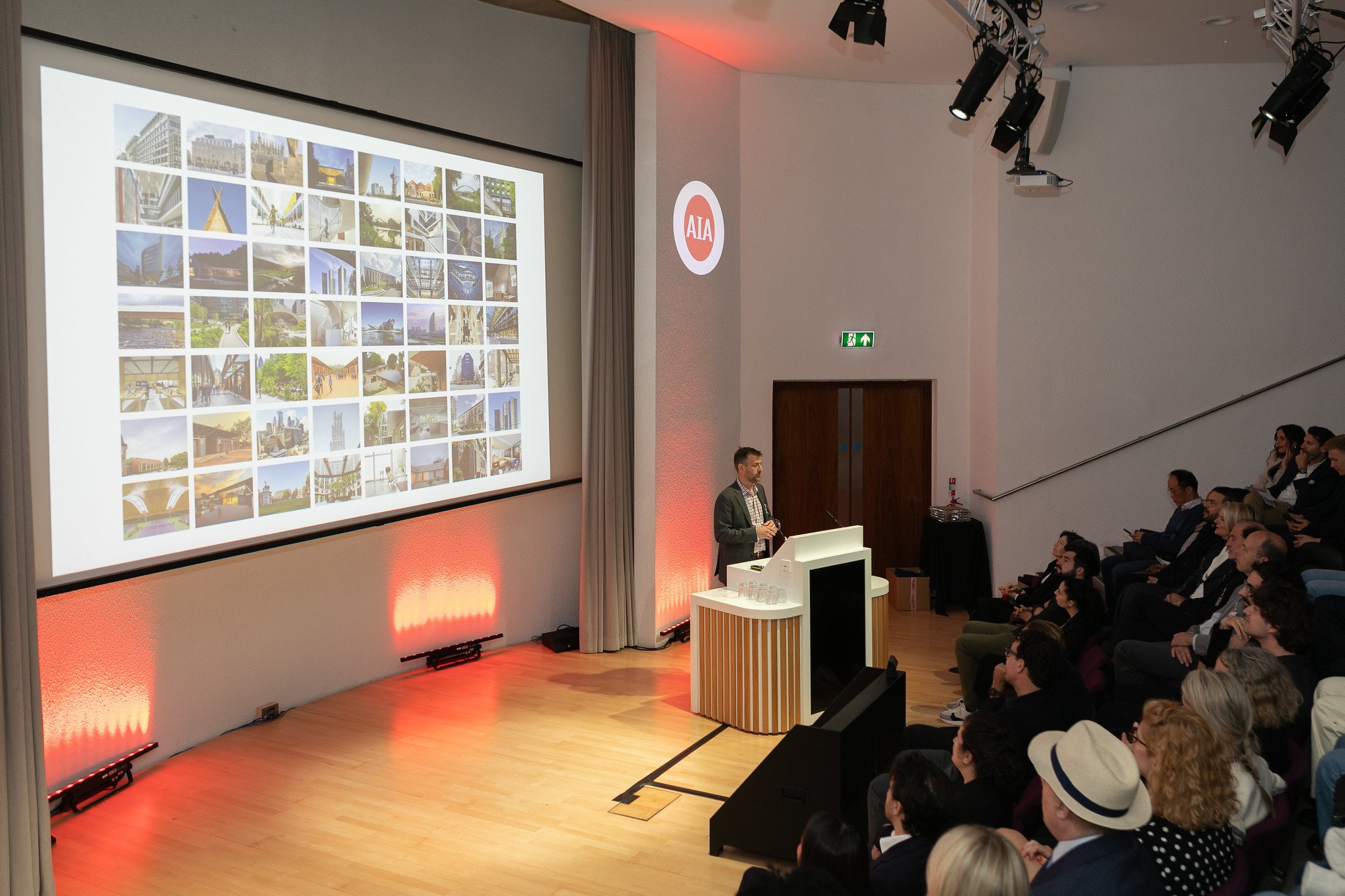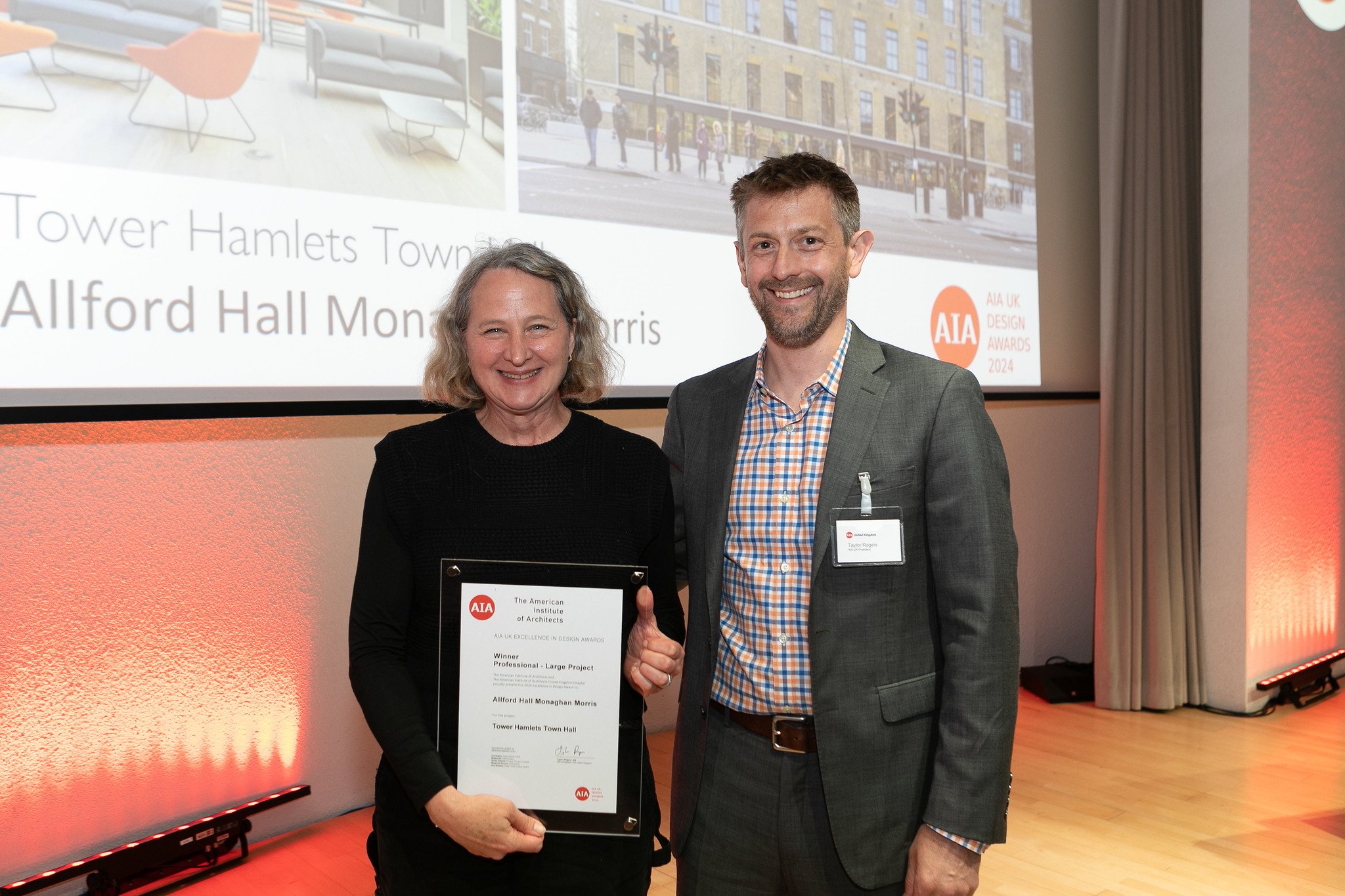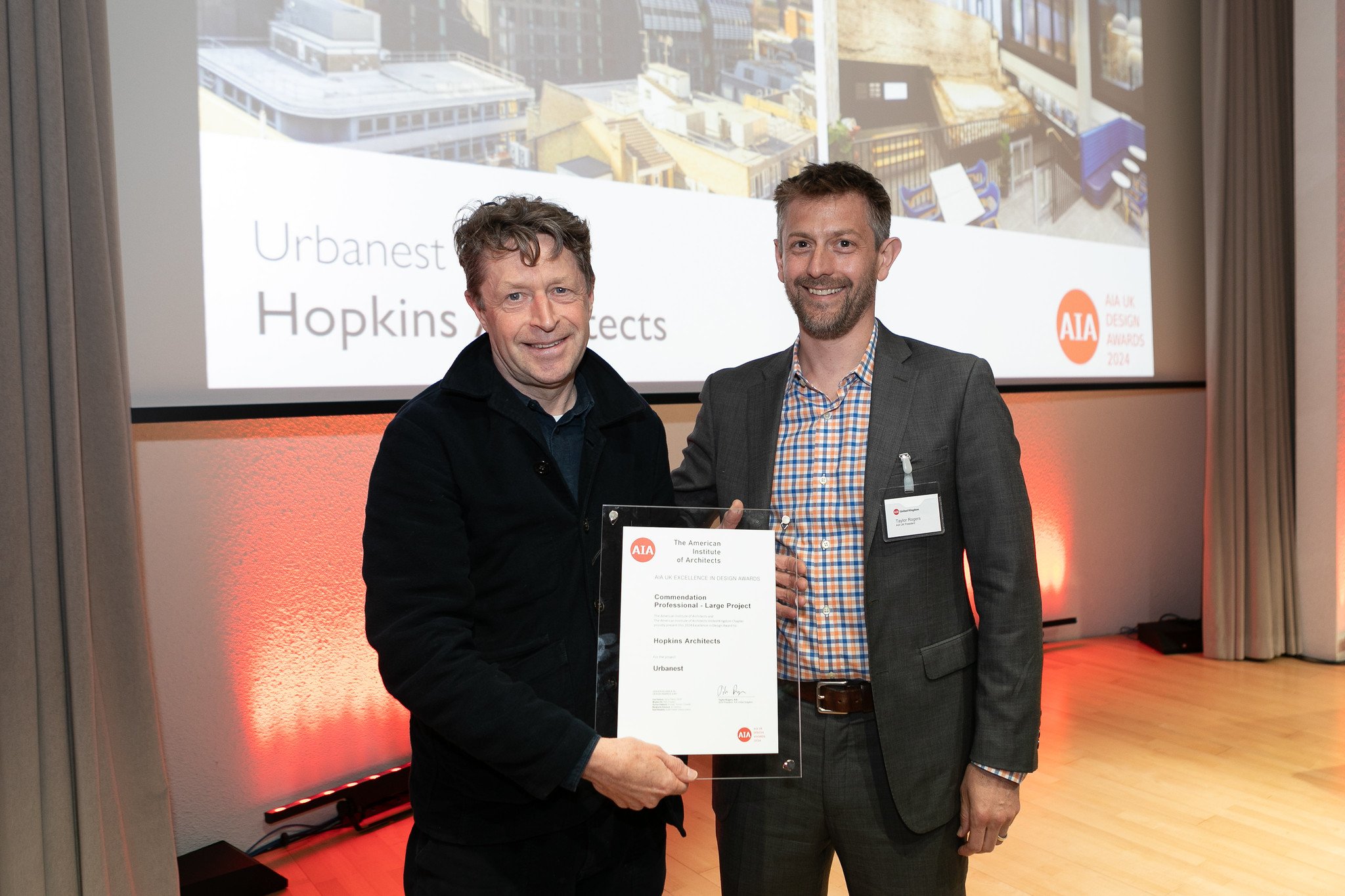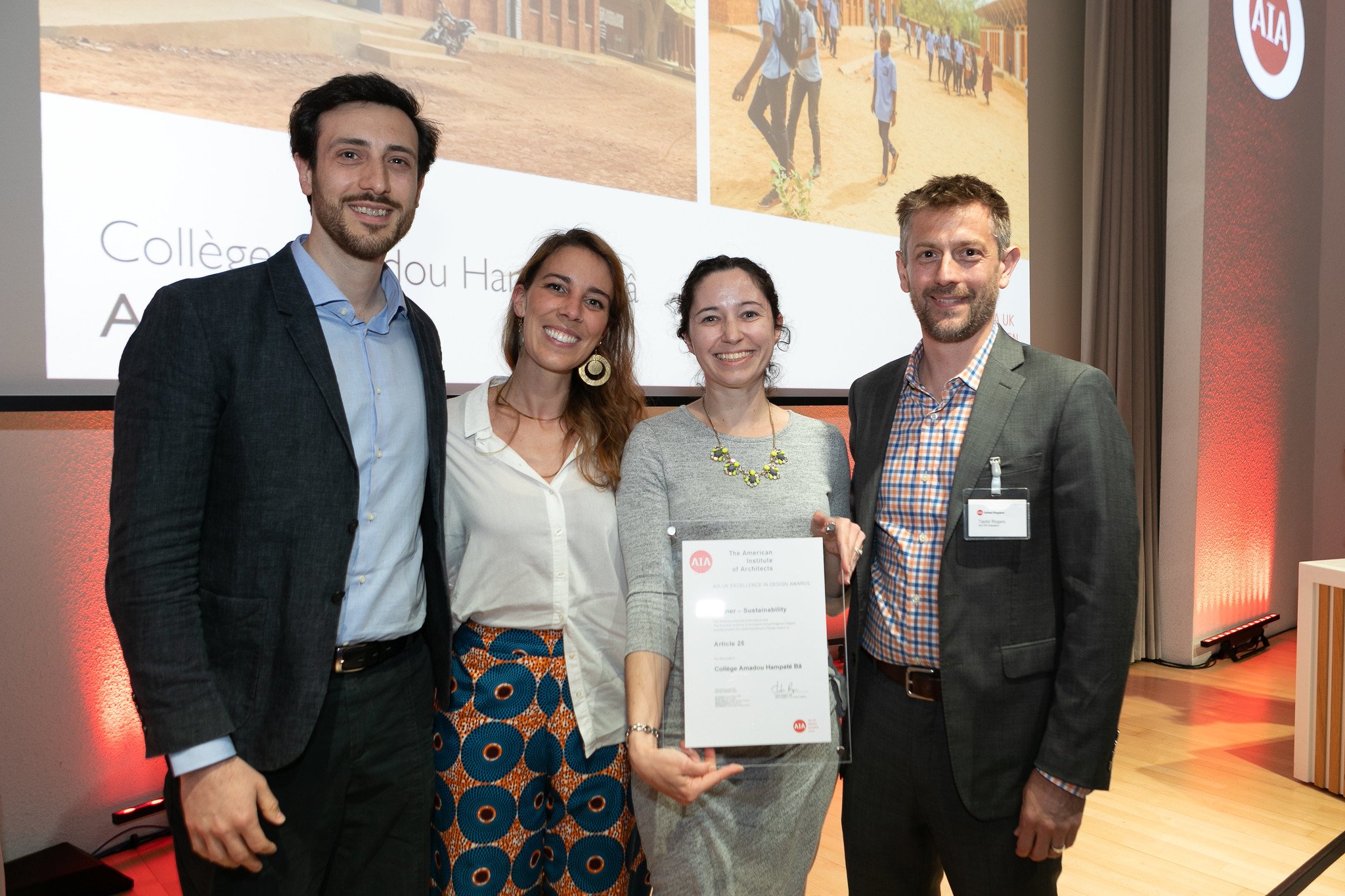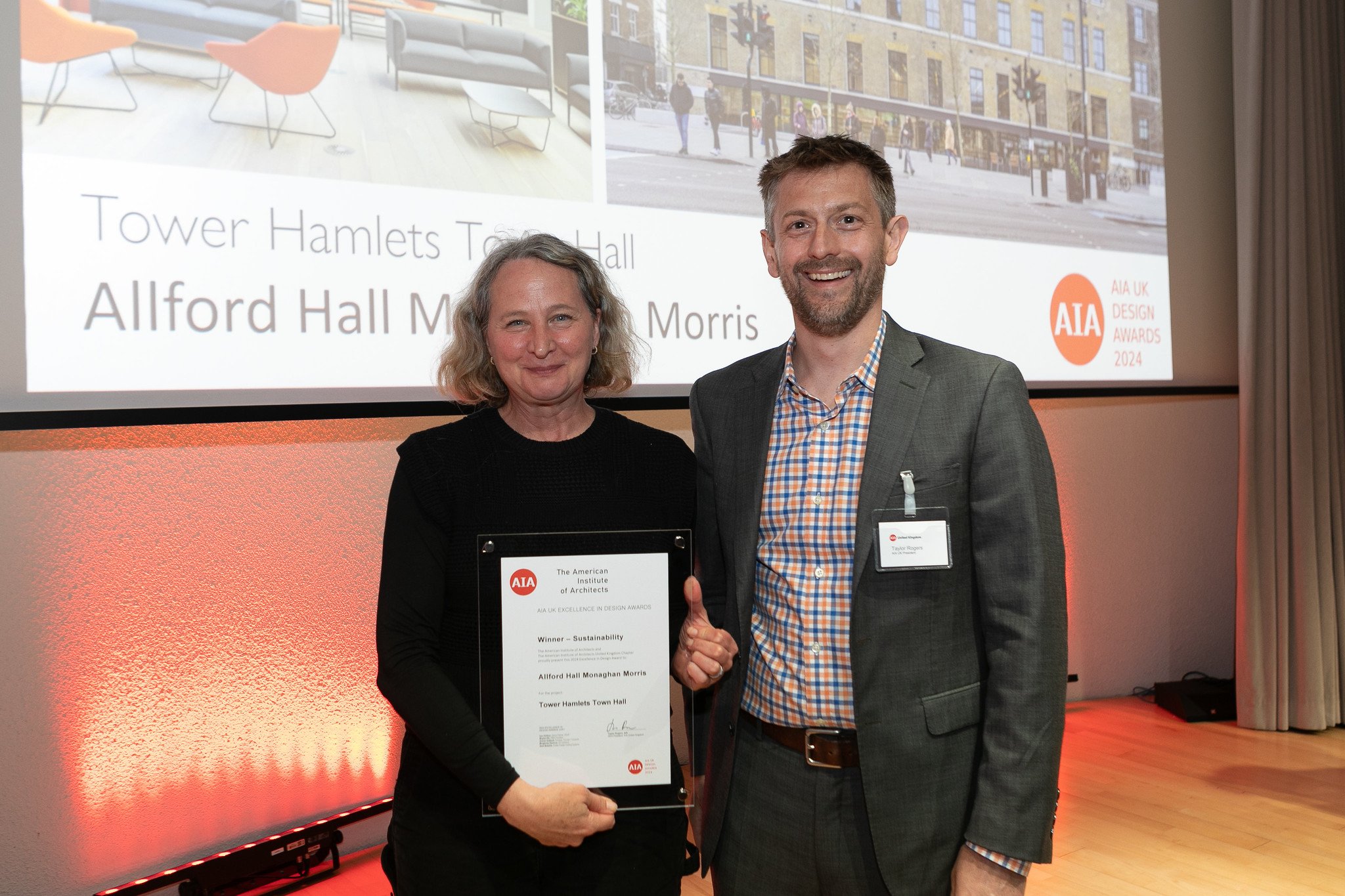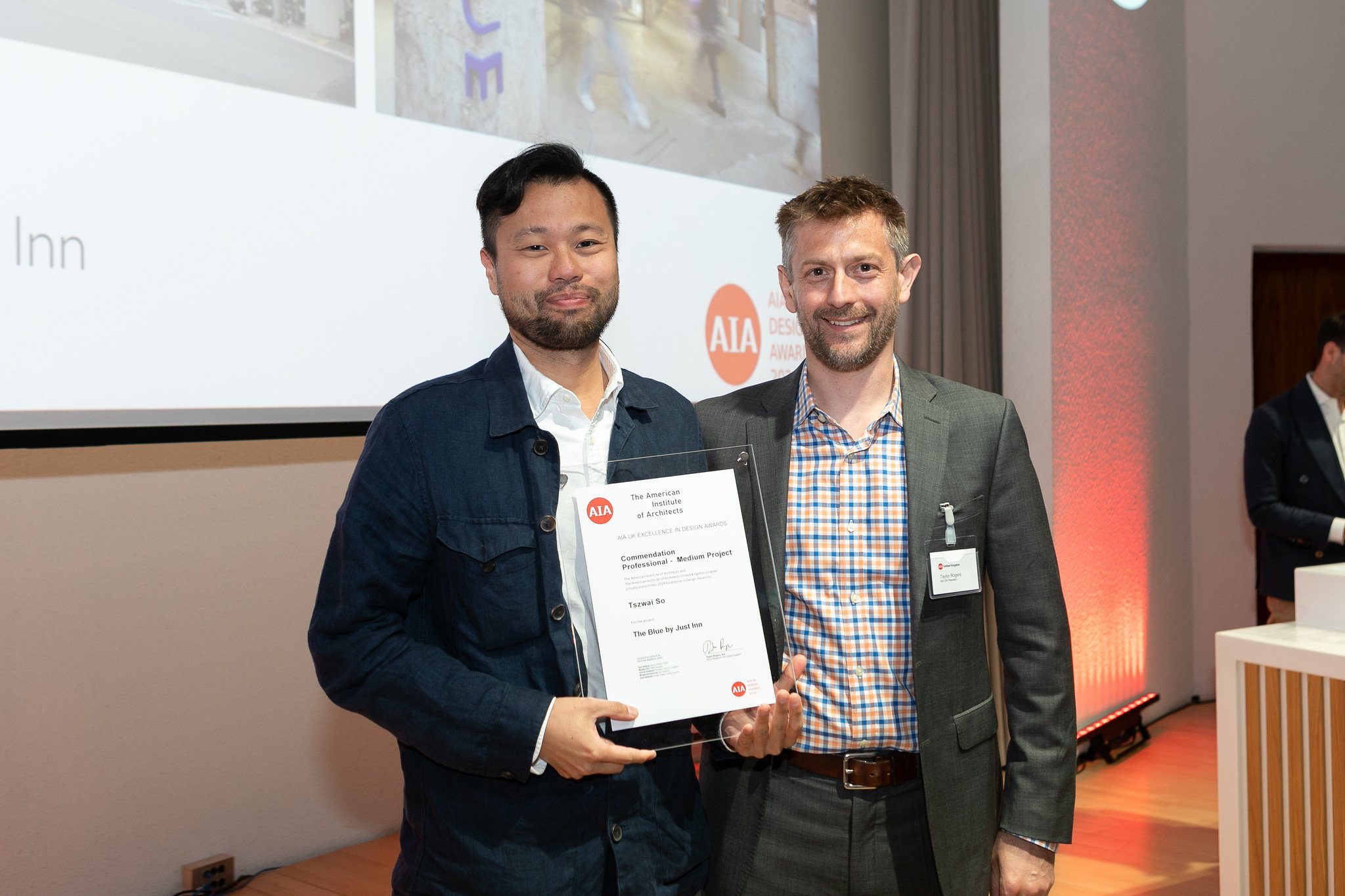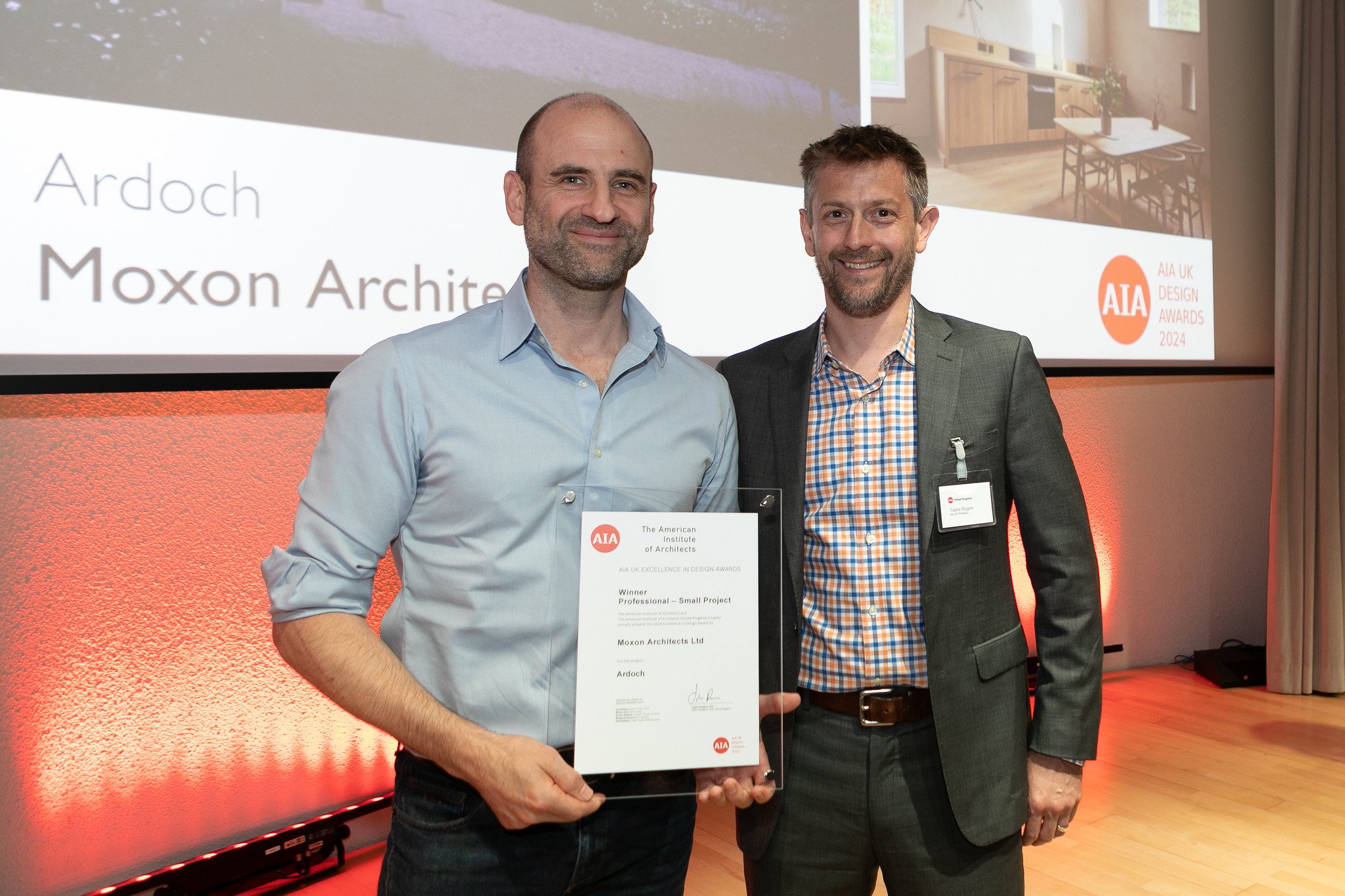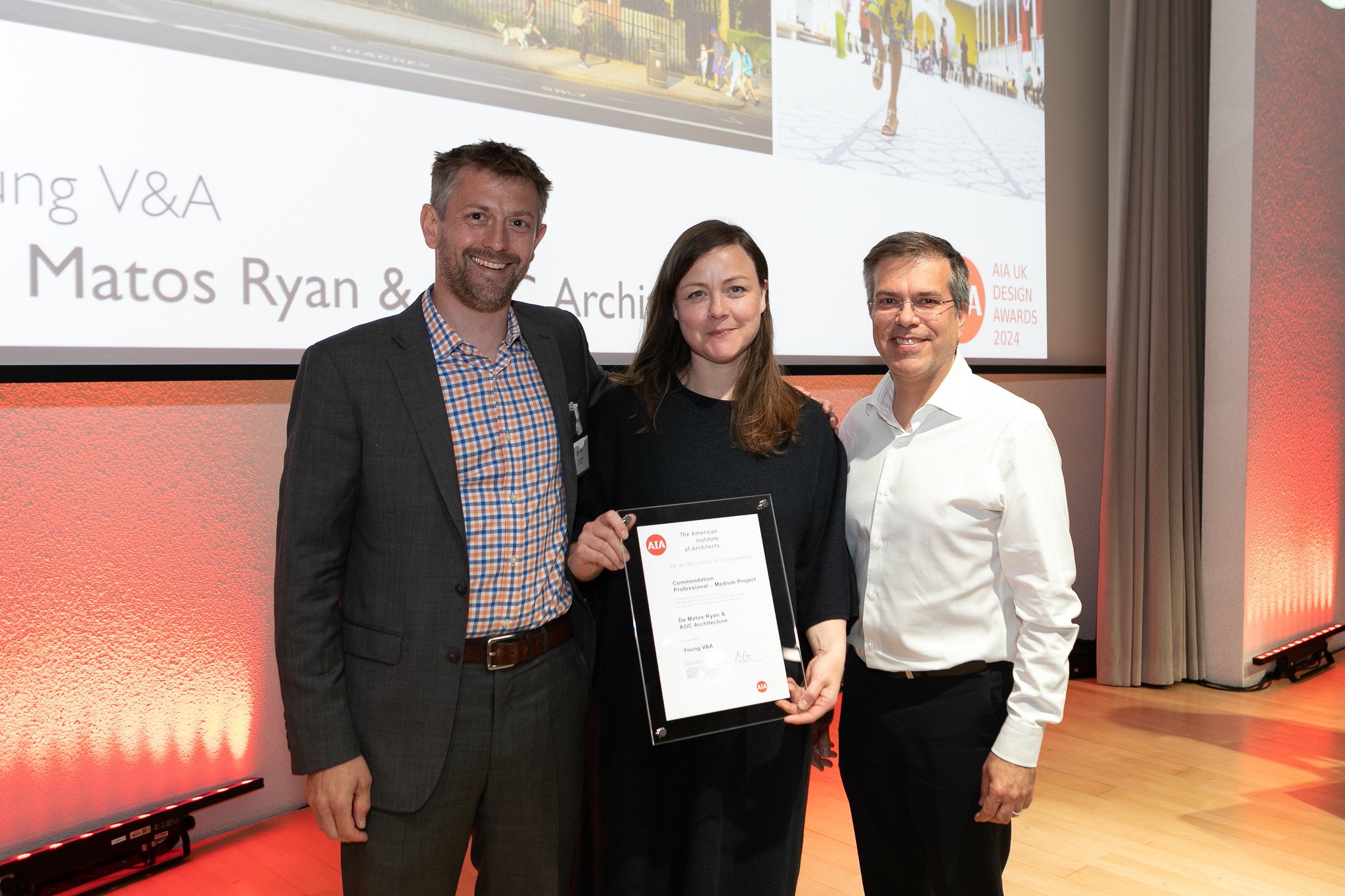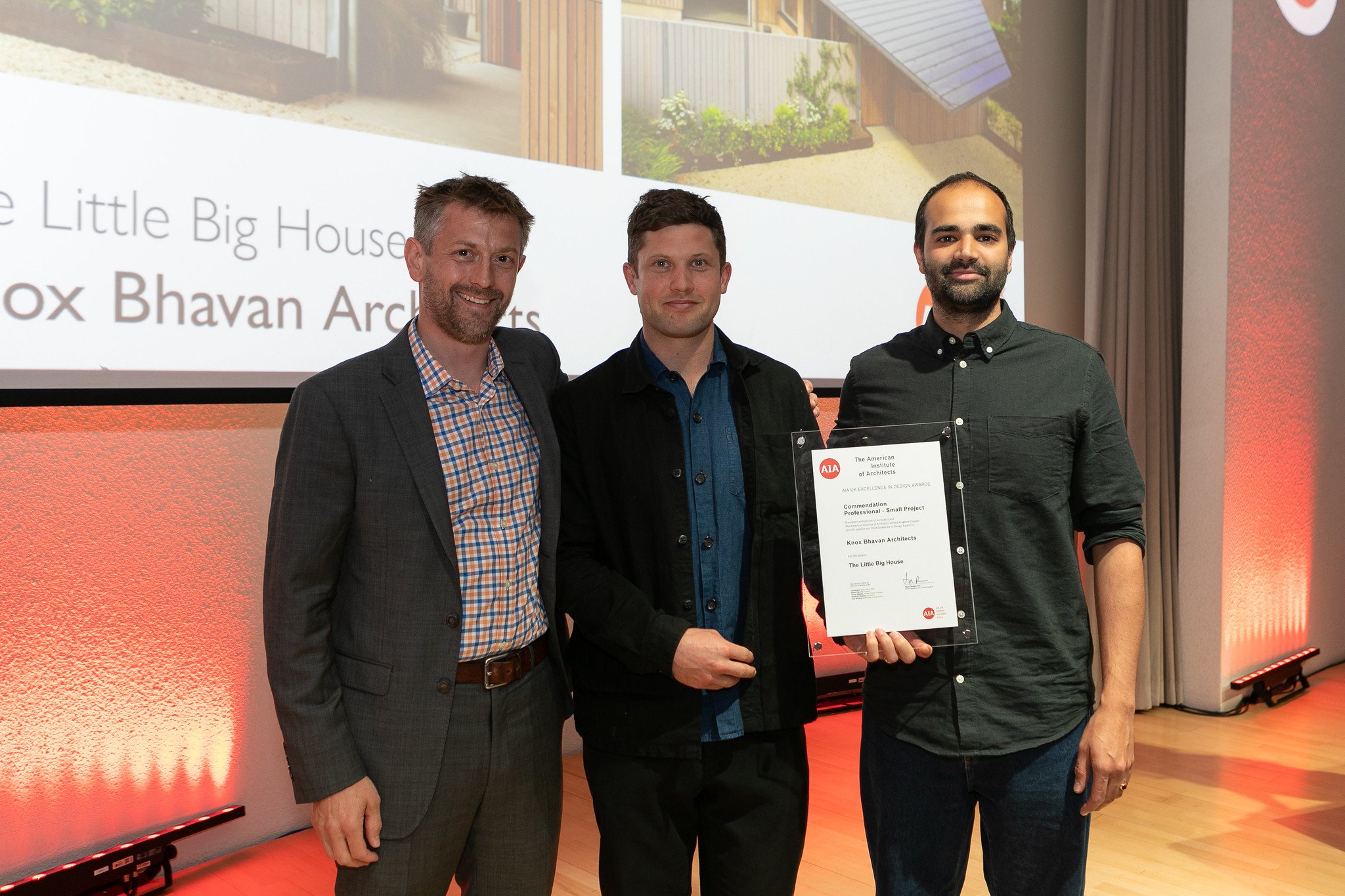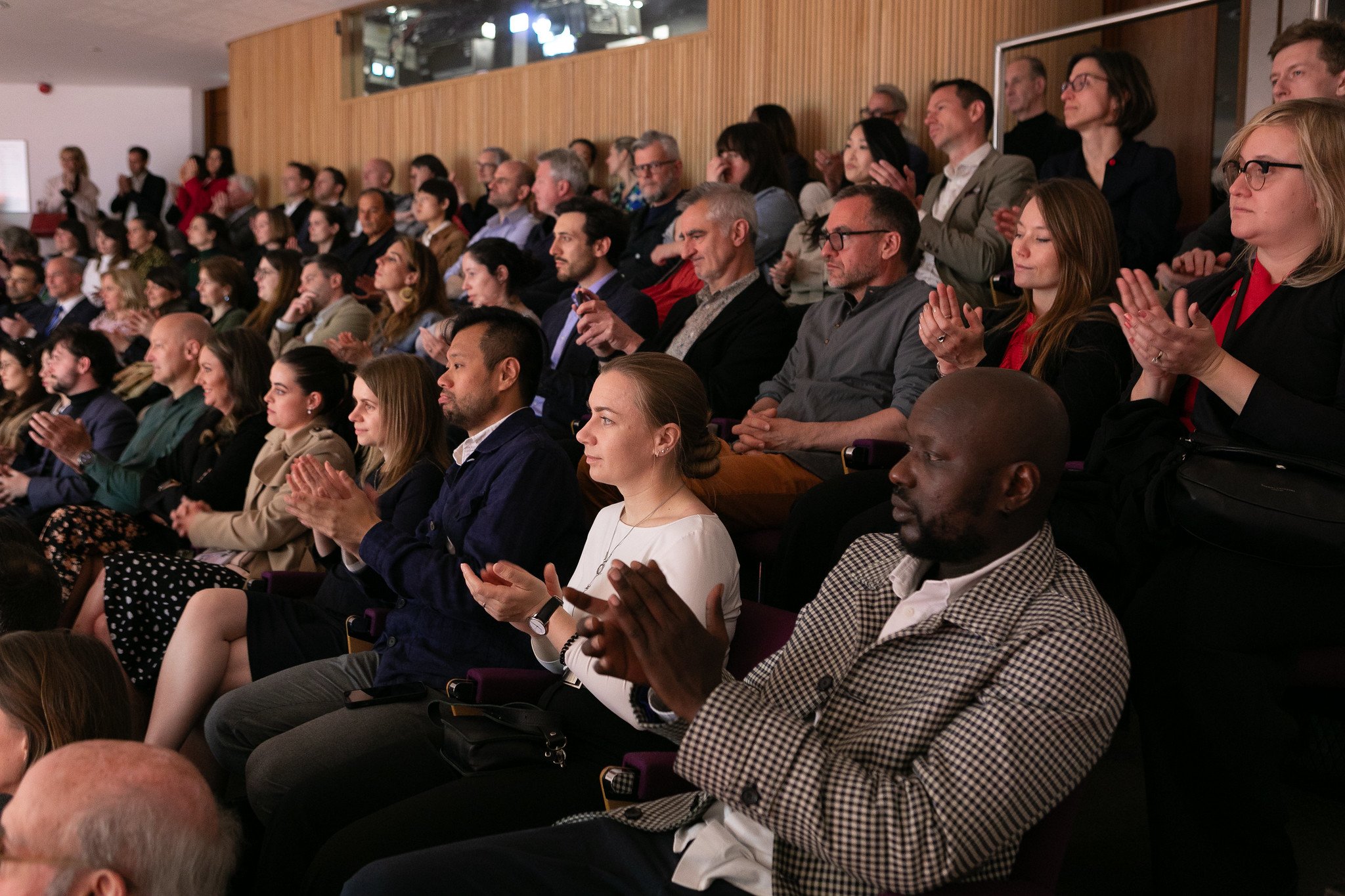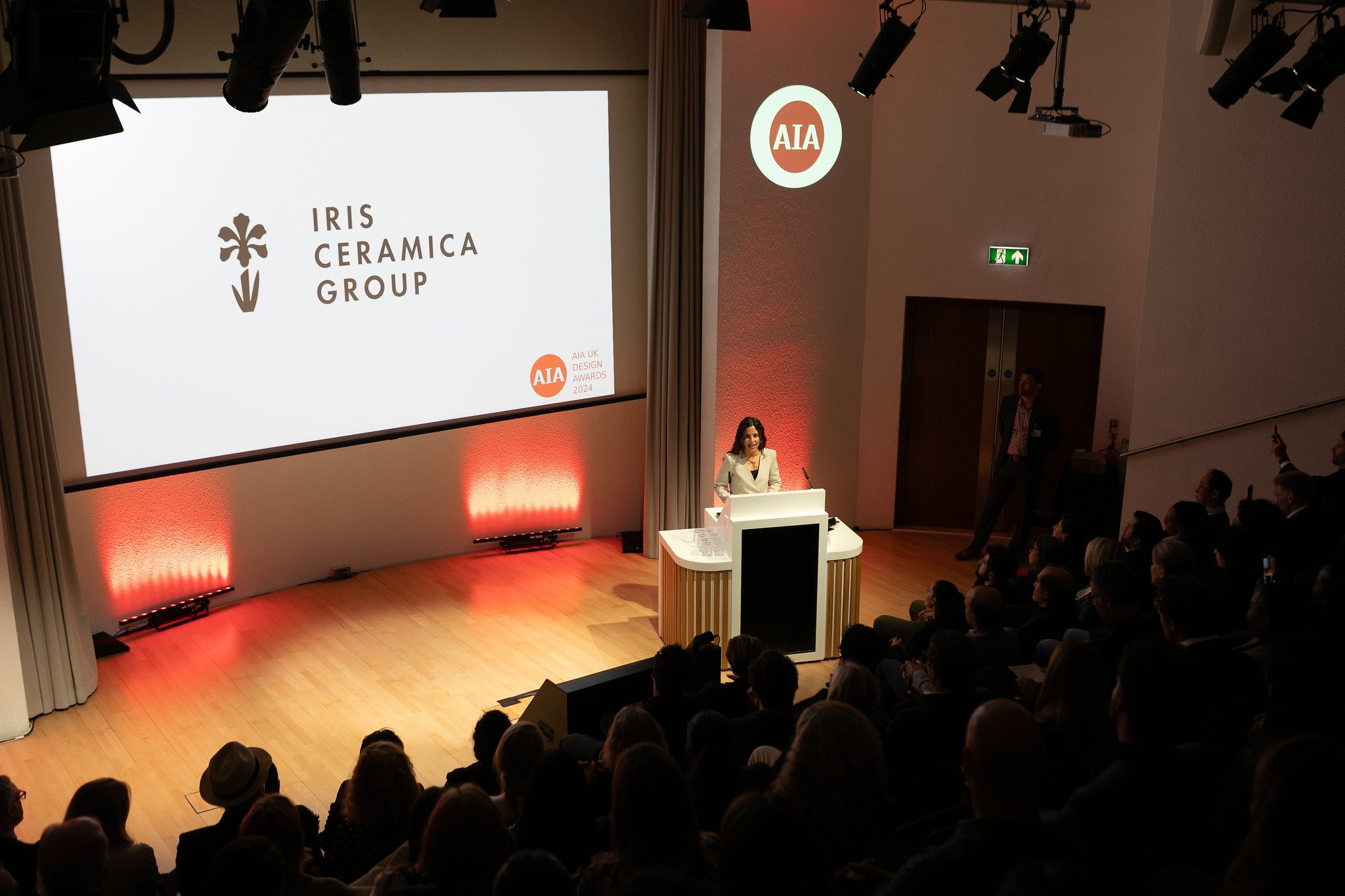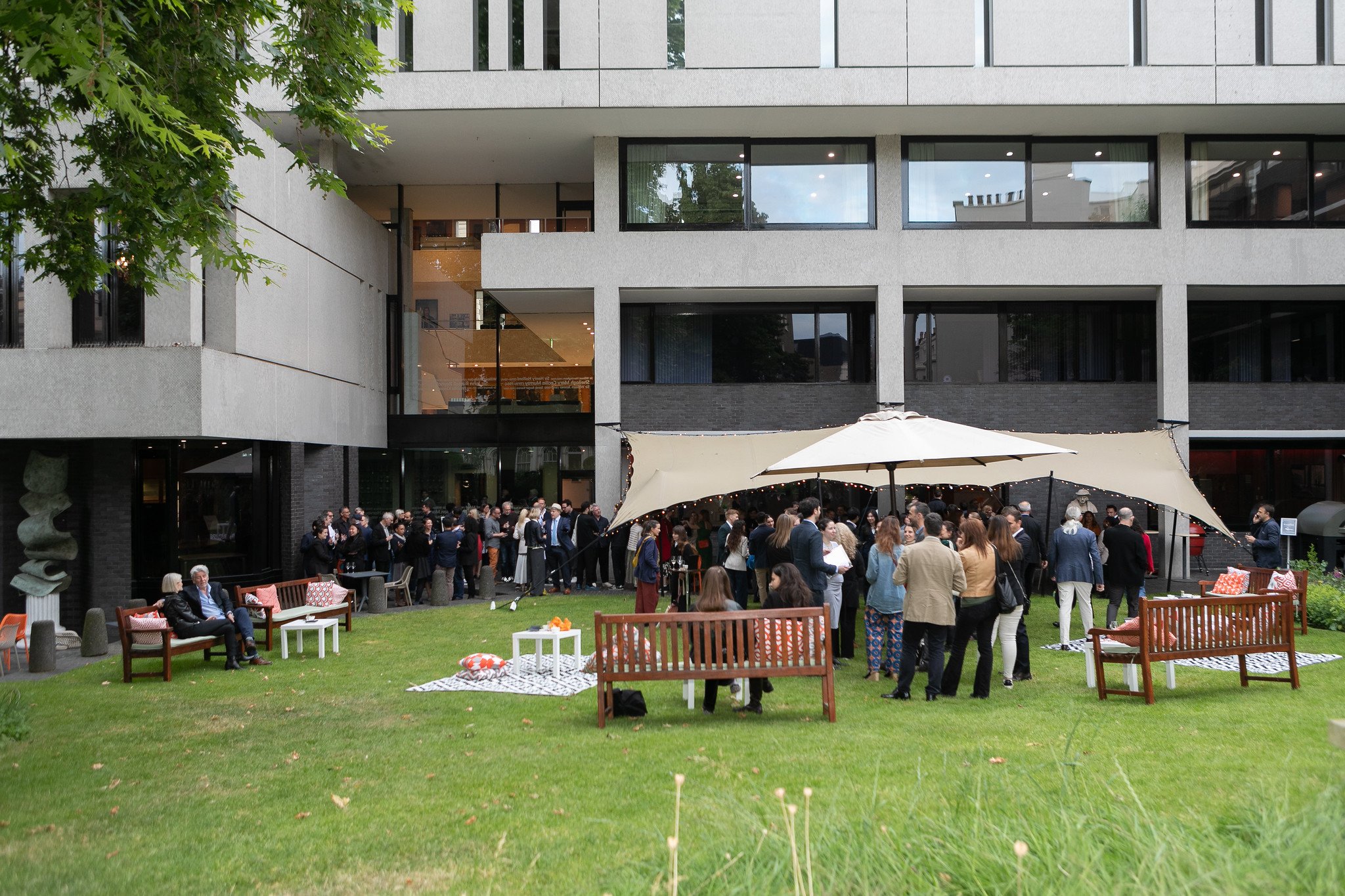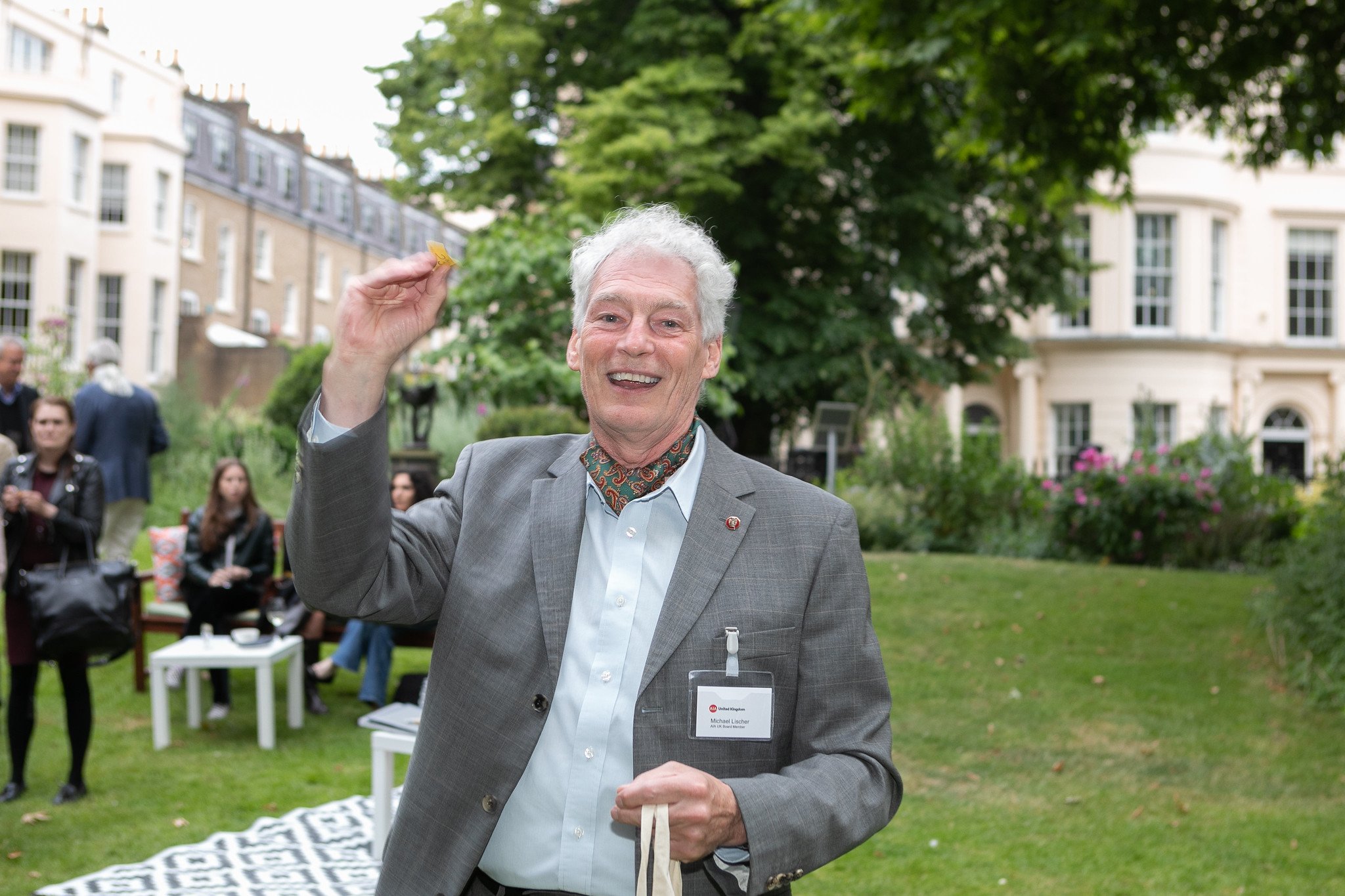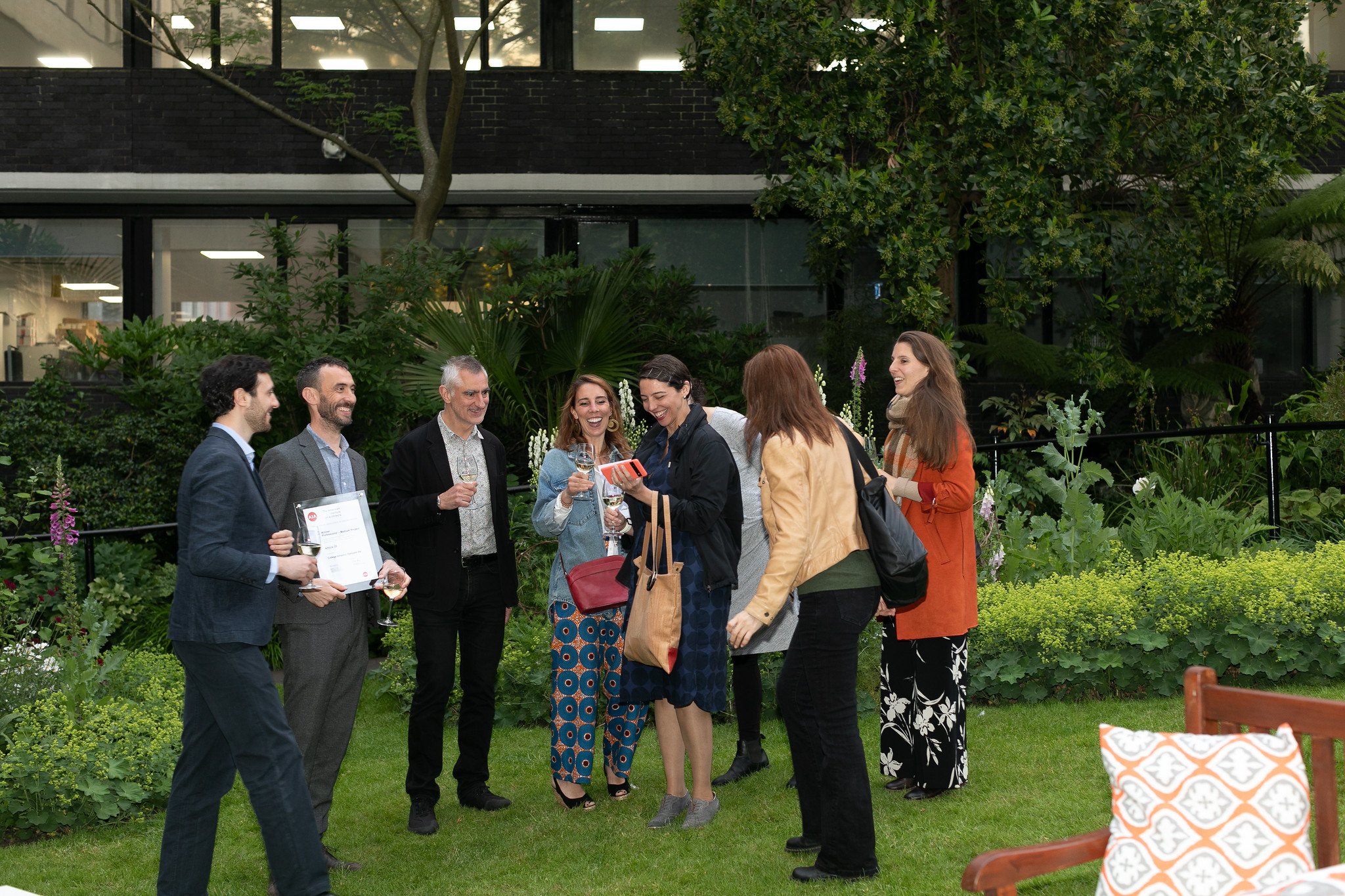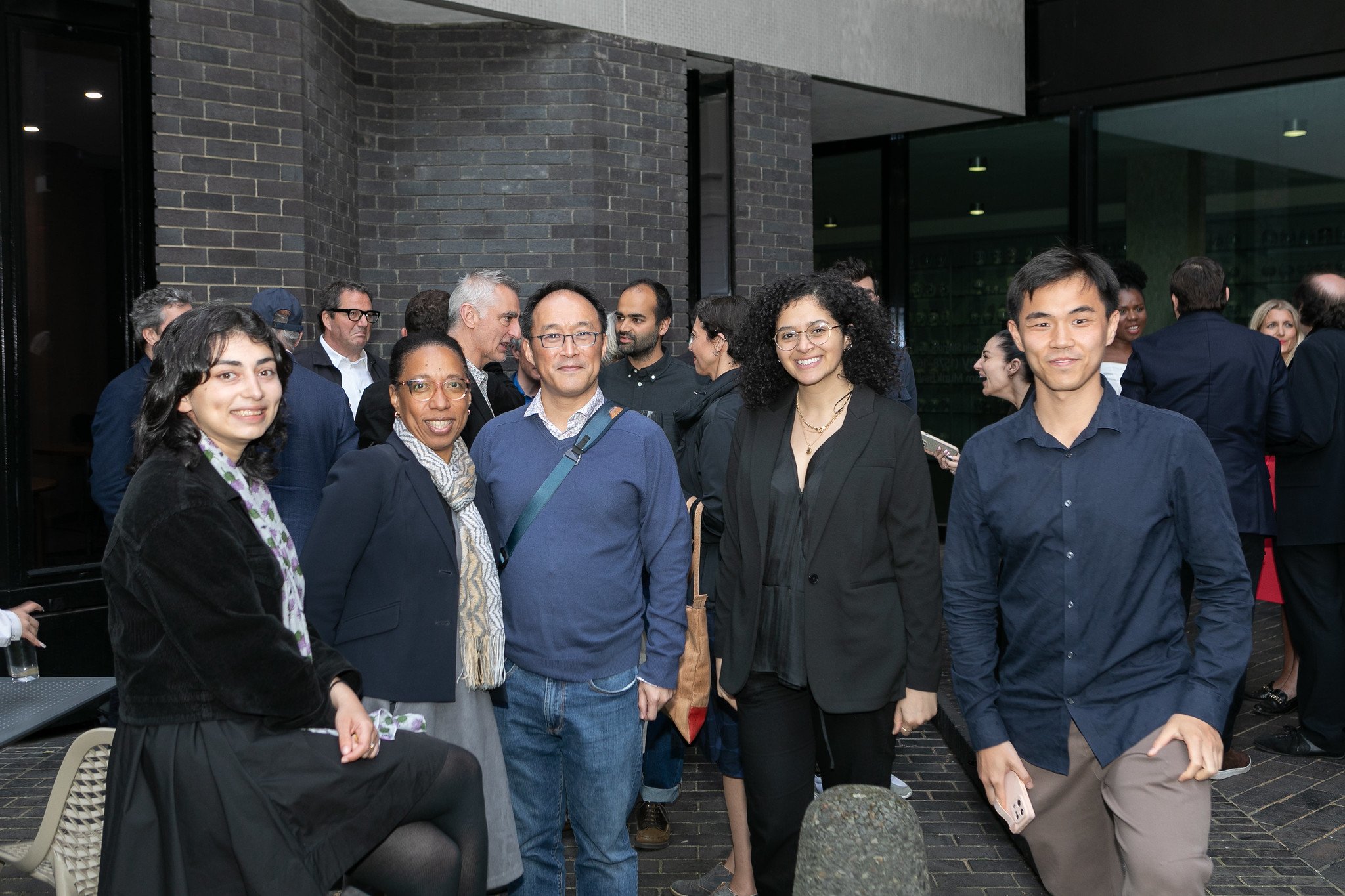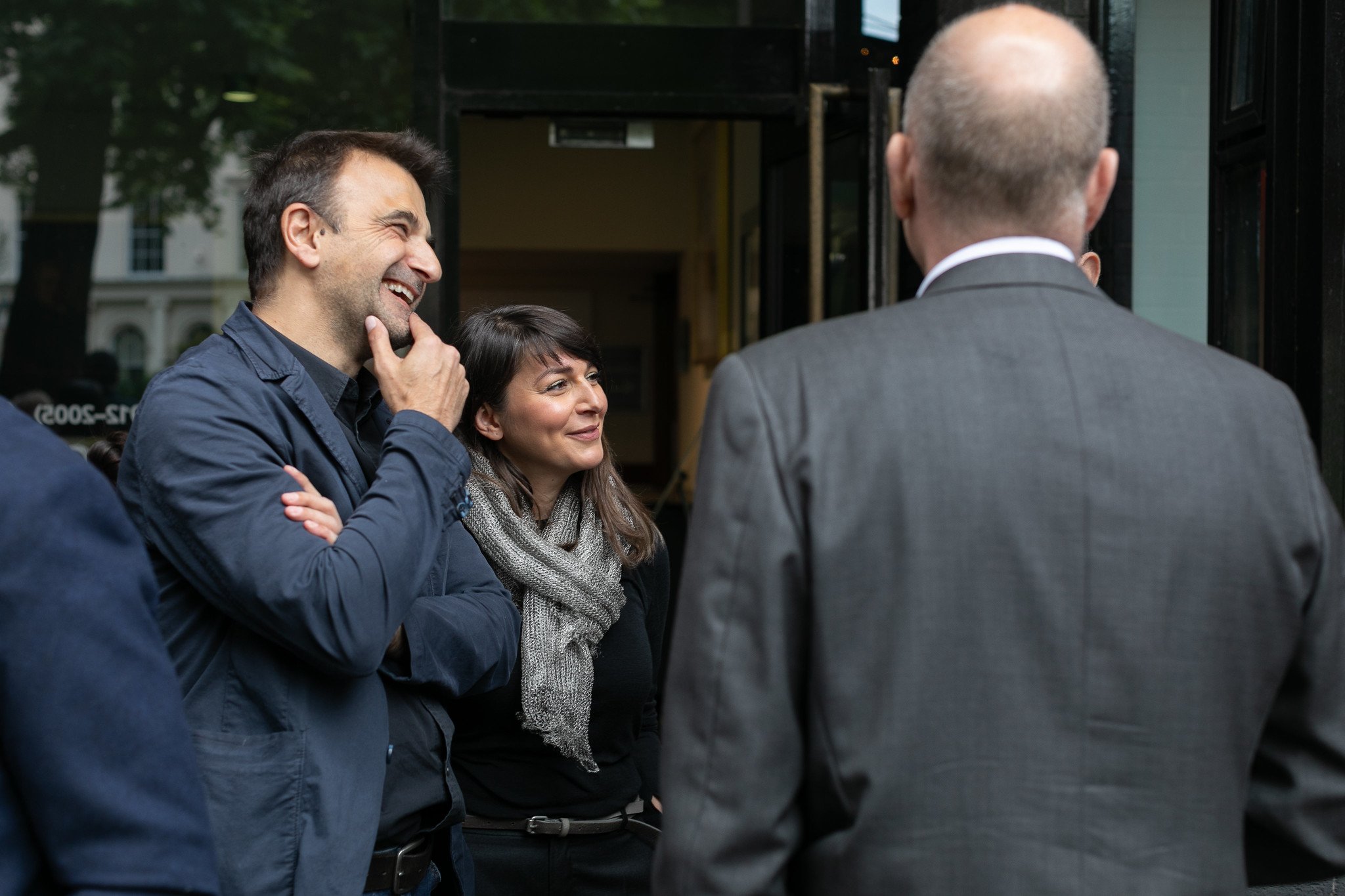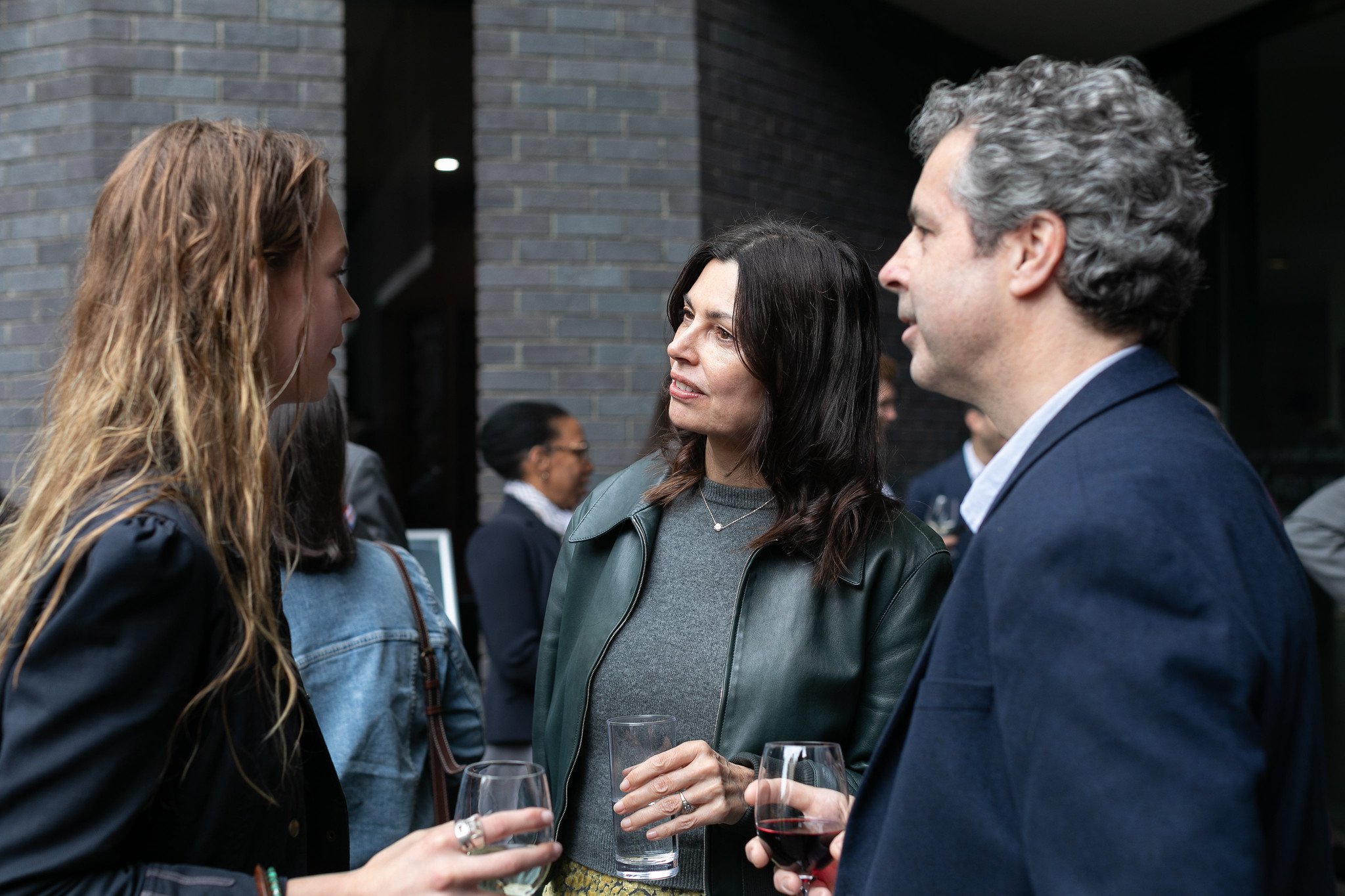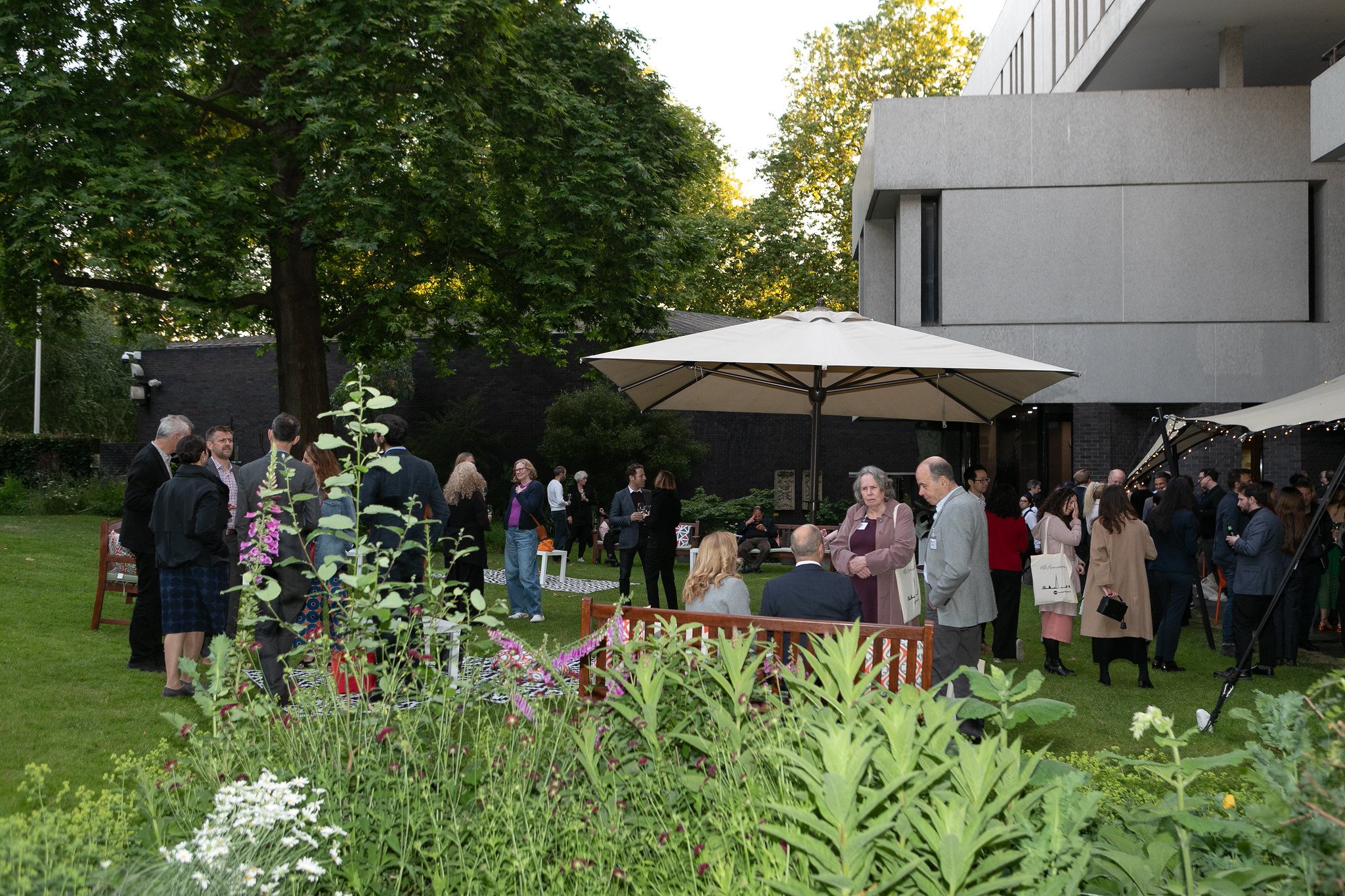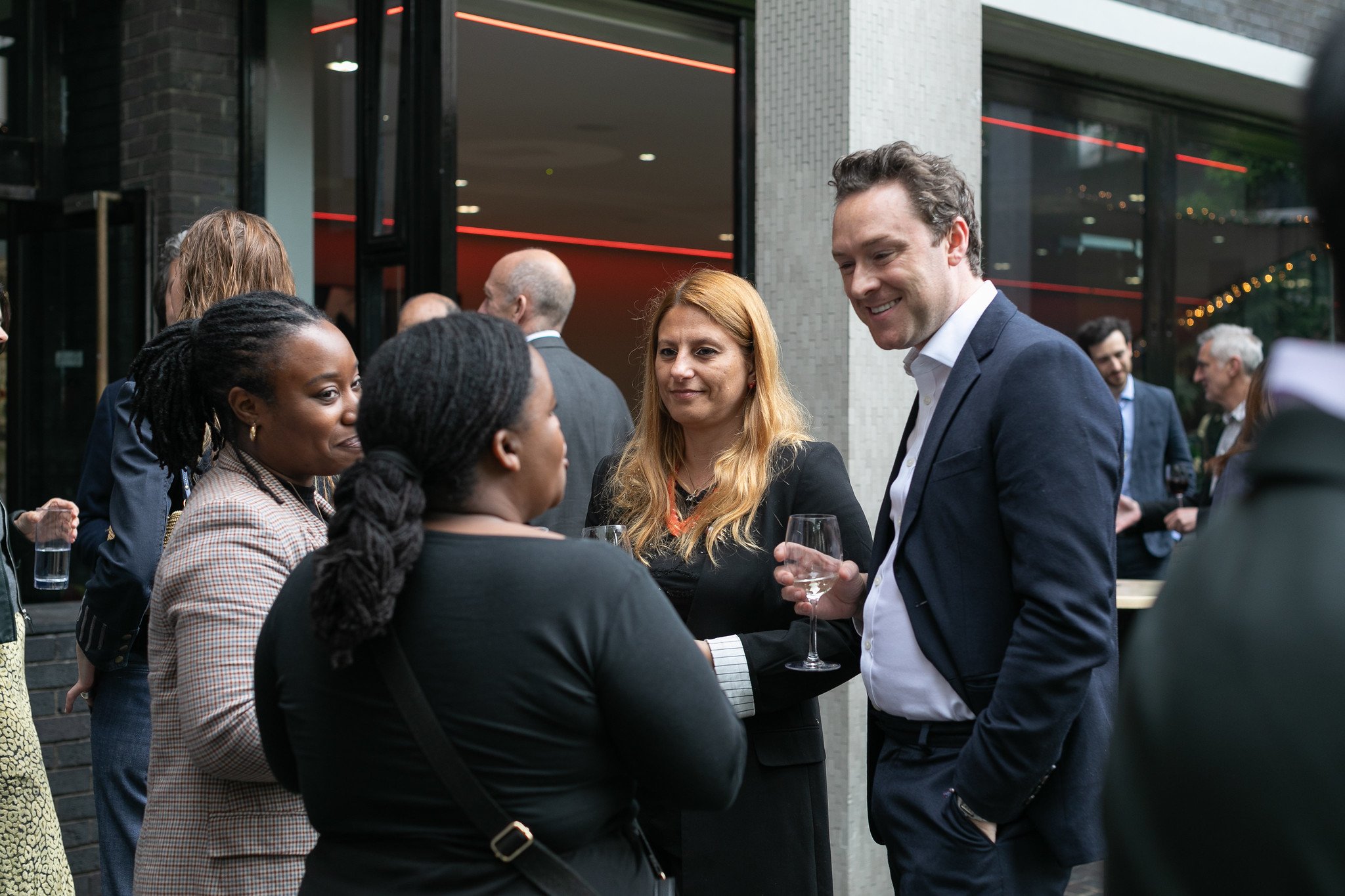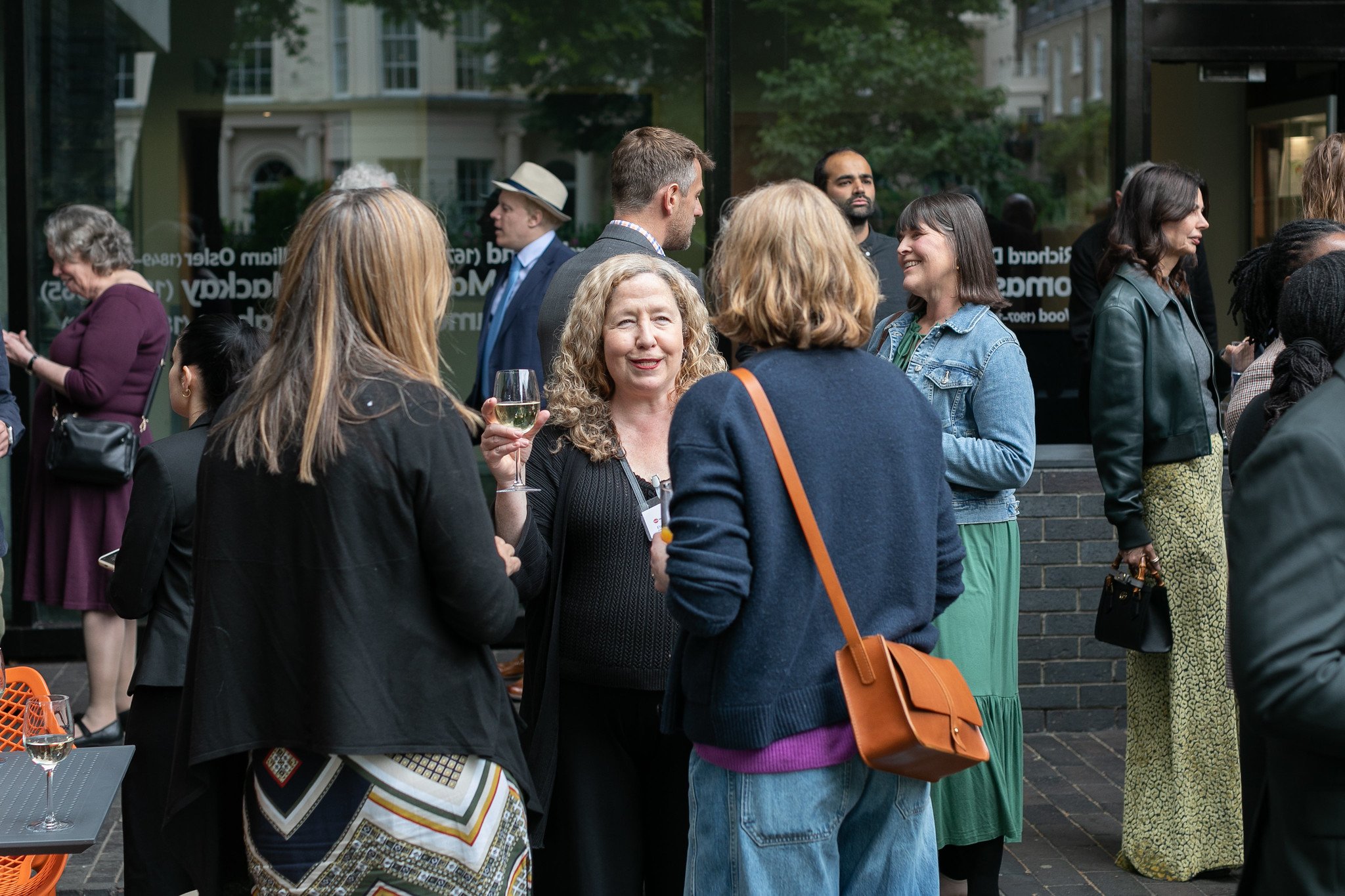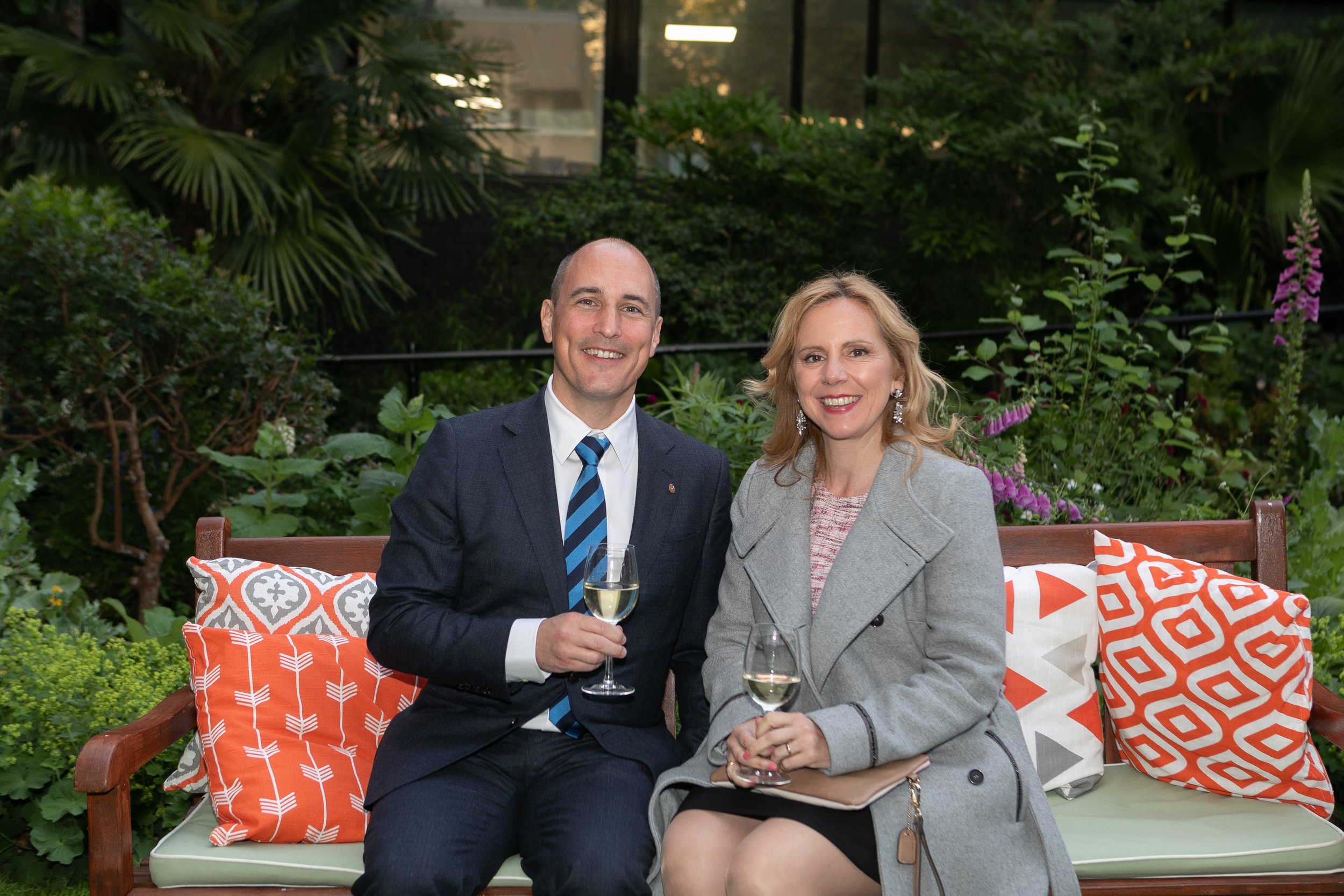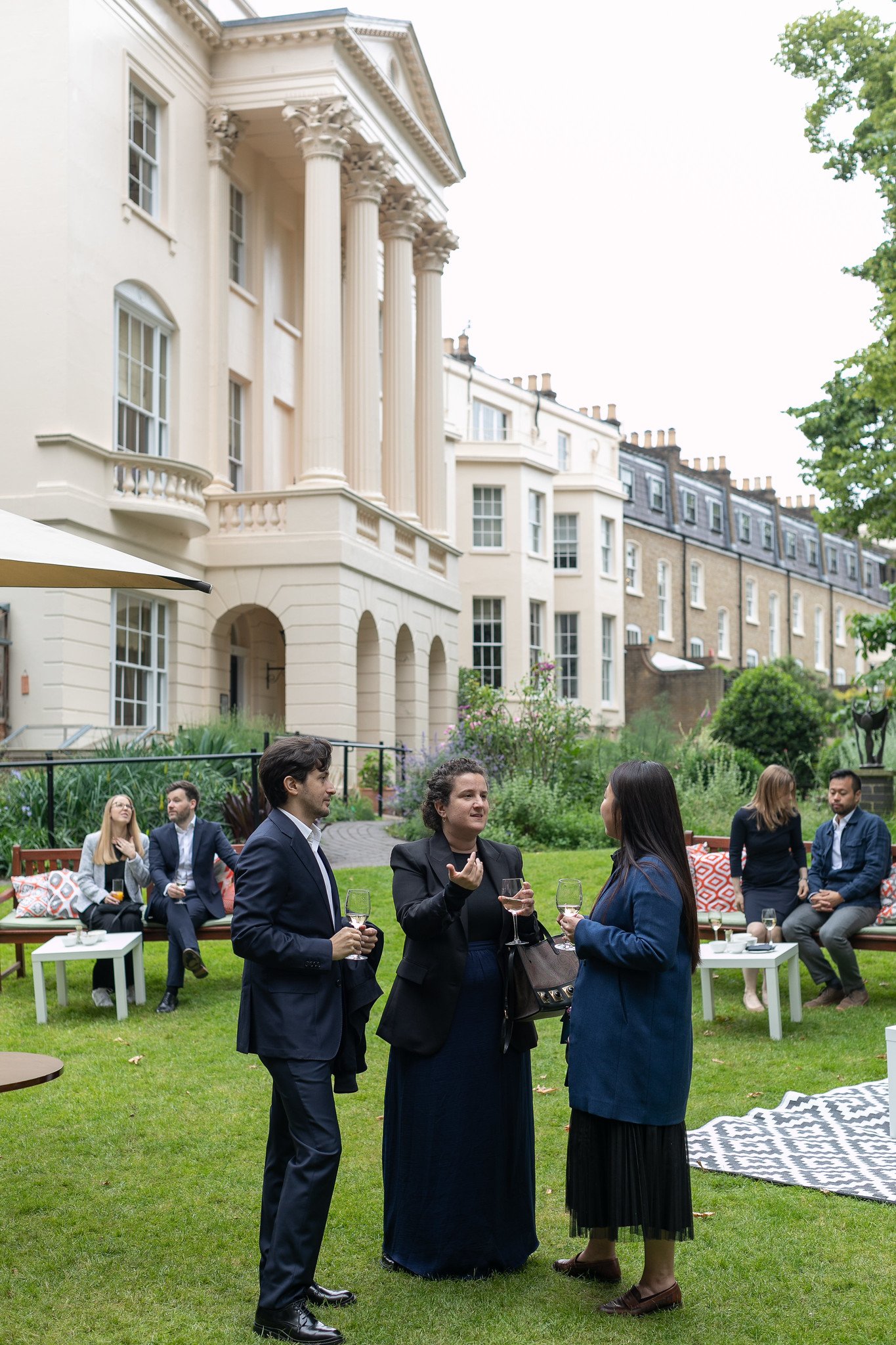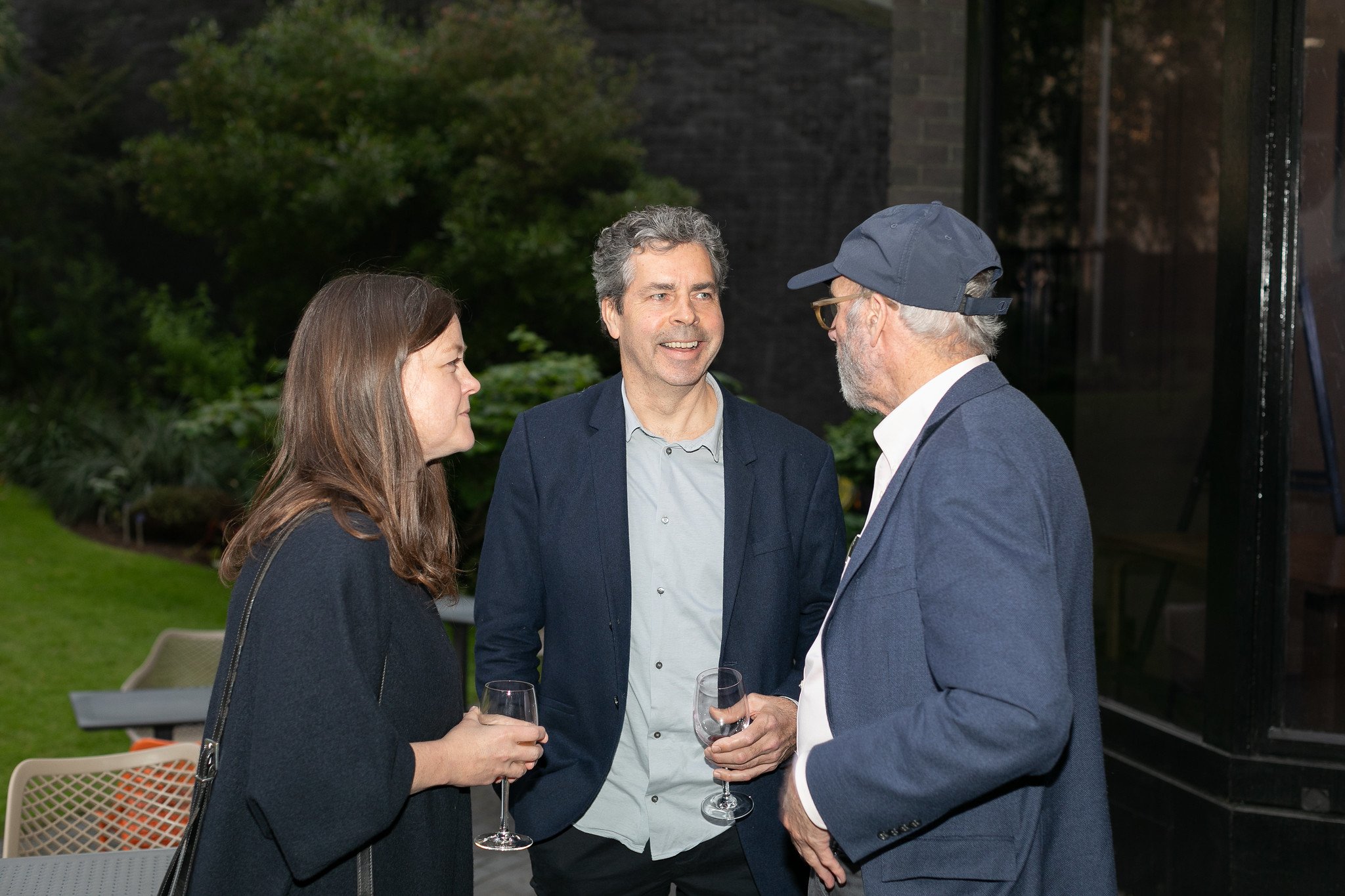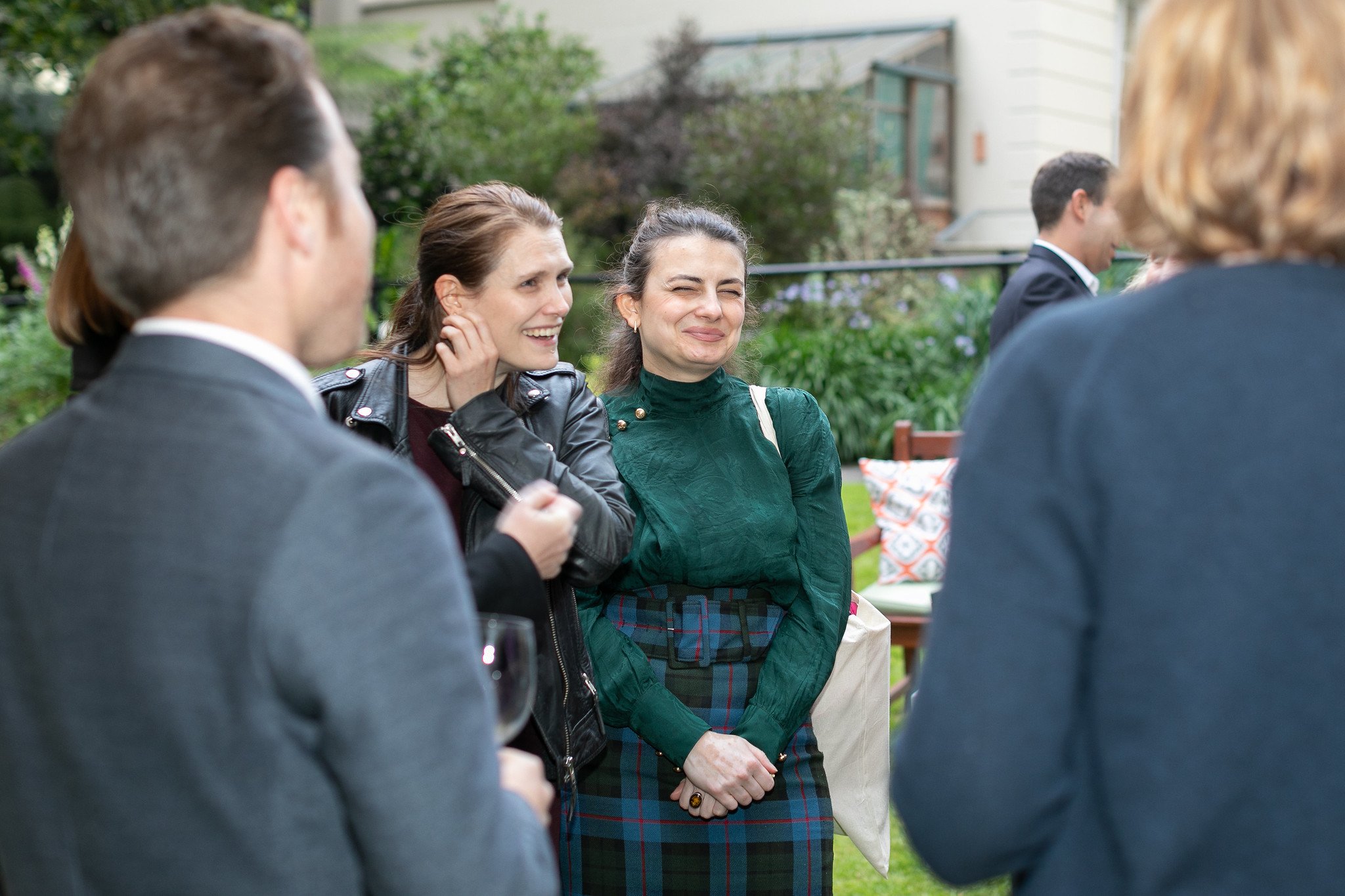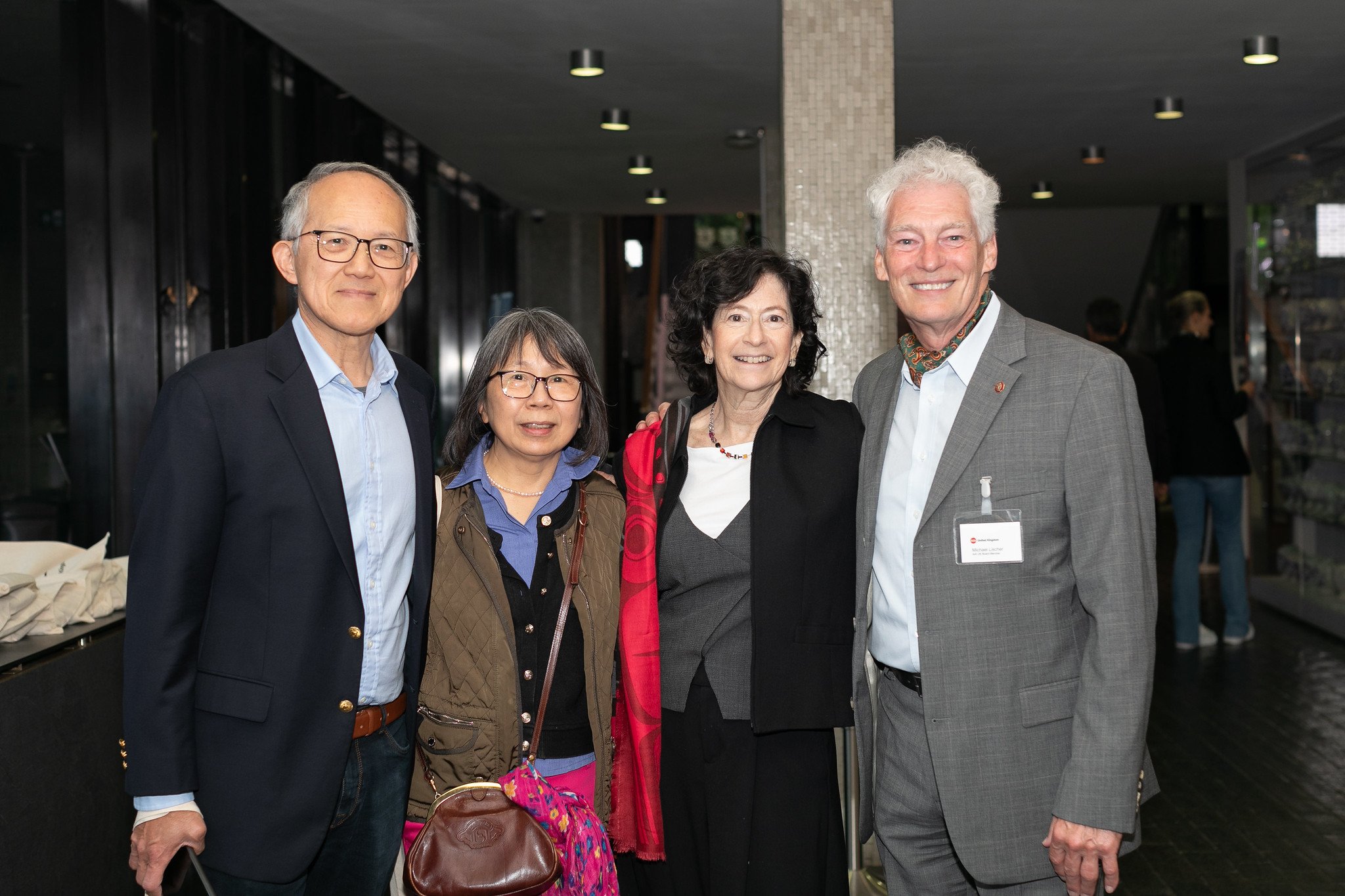Tips for ARE Testing in London / A Personal Account
Fiona Mckay
The ARE (Architect Registration Examination) is a key component of the architectural licensure process in the United States, managed by the National Council of Architectural Registration Boards (NCARB). This article discusses the topic of sitting the ARE while abroad in the UK. If you are interested in connecting with our emerging professionals to learn more or join a study group please reach out to emergingprofessionals@aiauk.org.
Written by Natalie Williams
Like many young designers, I’ve recently started the daunting (and exciting!) process of taking the ARE (Architect Registration Examination). Of course, before reading any contracts or making flashcards, my first step was to ask my studio friends back in the US for advice. They pointed me in the right direction for books, websites, and testing strategies. However, one question they couldn’t answer was “where and how do you test from abroad?”
Well, hopefully I can help those of you wondering the same thing by providing some tips and telling you about my recent experience.
Booking an Exam
All exams are scheduled through your NCARB account. You have two options - either to test in person at a registered center, or to test virtually at home.
At a Registered Center Personally, I still have the same old laptop from high school and she’s barely hanging on. I didn’t want to take the chance of something going wrong on my end, so I decided to test in person. There are a number of testing locations in and around London, listed below:
1) Synod Solutions Ltd - LONDON - Tottenham, N17 9TA
(This is the one I chose as it was in a reasonable location and had a significant number of appointment options.)
2) Synod Solutions Ltd - LONDON - Eltham, SE9 1TD
3) PSI - CROYDON - CR0 9XP
(I almost booked this one, but at the time it didn’t have any appointments for the next few months - unsure as to why.)
4) Synod Solutions Ltd - MAIDSTONE, ME15 6LU
5) Spark Exam Centre - READING, RG11 DX
6) Online Exams PSI Gov SO - PETERBOROUGH, PE1 5PP
7) Mobile Testing Solutions PSI Gov SO - COVENTRY, CV6 5SF
8) Pitman Training - BRISTOL, BS2 0PL
Test Virtually at Home If you do choose to test at home, be aware that you will need to set up a separate appointment beforehand to verify your setup and computer. This can be scheduled via your NCARB account as well.
Before the Exam
Double check the time of your exam. When I booked it, the confirmation said 12pm GMT. However, we are in British Summer Time now, so I was concerned about either being way too early or way too late. I opted for the former, and the proctor was nice enough to let me take the exam earlier than my slot. But - if in doubt - call your testing center to confirm ahead of time.
“Dress well, test well”. This saying I heard for the first time in high school carries through to the professional world. It helps build confidence in yourself when you’ve taken the time to get ready. On top of that, wear something cool and comfortable. The room at Synod was quite warm with no open windows (plus this is mid-summer in the UK we’re talking about).
Leave your notes at home. Maybe do a light review the night before or morning of, but know that cramming on the Underground on the way to the exam won’t help. Give your mind a break and go into the exam calm and well rested.
Bring a water bottle. It should be clear, unbranded, and not have text on it so you can take it into the exam room with you. Also consider bringing a snack for your break as a little pick-me-up since it is a long day. There are lockers at the testing center where you can safely store your belongings during the exam.
After the Exam
Hit submit. Once you hit submit, you will go through a few pages and then have the option to view your provisional feedback. It will either say “you will likely pass this division” or “likely fail”. As described by NCARB, these results are accurate, but not official. Before it is official, they have to certify the results and make sure there was no foul play. Read more about provisional feedback and score reports HERE.
Get your Results Your official results will be posted to your NCARB account within 7-10 business days, but sometimes sooner. I took mine on a Monday and received the official results the following Monday. Luckily, it was a pass! One down, five to go.
Celebrate Finally, let out the breath you’ve been holding, celebrate (or regroup), and get mentally ready for the next one. You’ve got this!
Good luck!
The AREs evaluate candidates on knowledge and skills necessary for the responsible practice of architecture pertaining to a professional standard of care. The ARE comprises several divisions, each focusing on different aspects of architectural practice. Although the ARE is a US-based programme, it is also administered overseas to expatriate and international architects seeking US qualification. Architects who register through the US process are now eligible to register in the UK (and vice versa) through the Mutual Recognition Agreement between both countries. It is worth noting that the ARE study material is also invaluable for international architects liaising with the US construction market as a reference for local construction standards and laws. For more information on the ARE and the US architectural licensing process, including eligibility, please visit the NCARB website at www.ncarb.org or contact emergingprofessionals@aiauk.org.












